Nav
Welcome Case

Welcome Case
Bucket
Green Dress
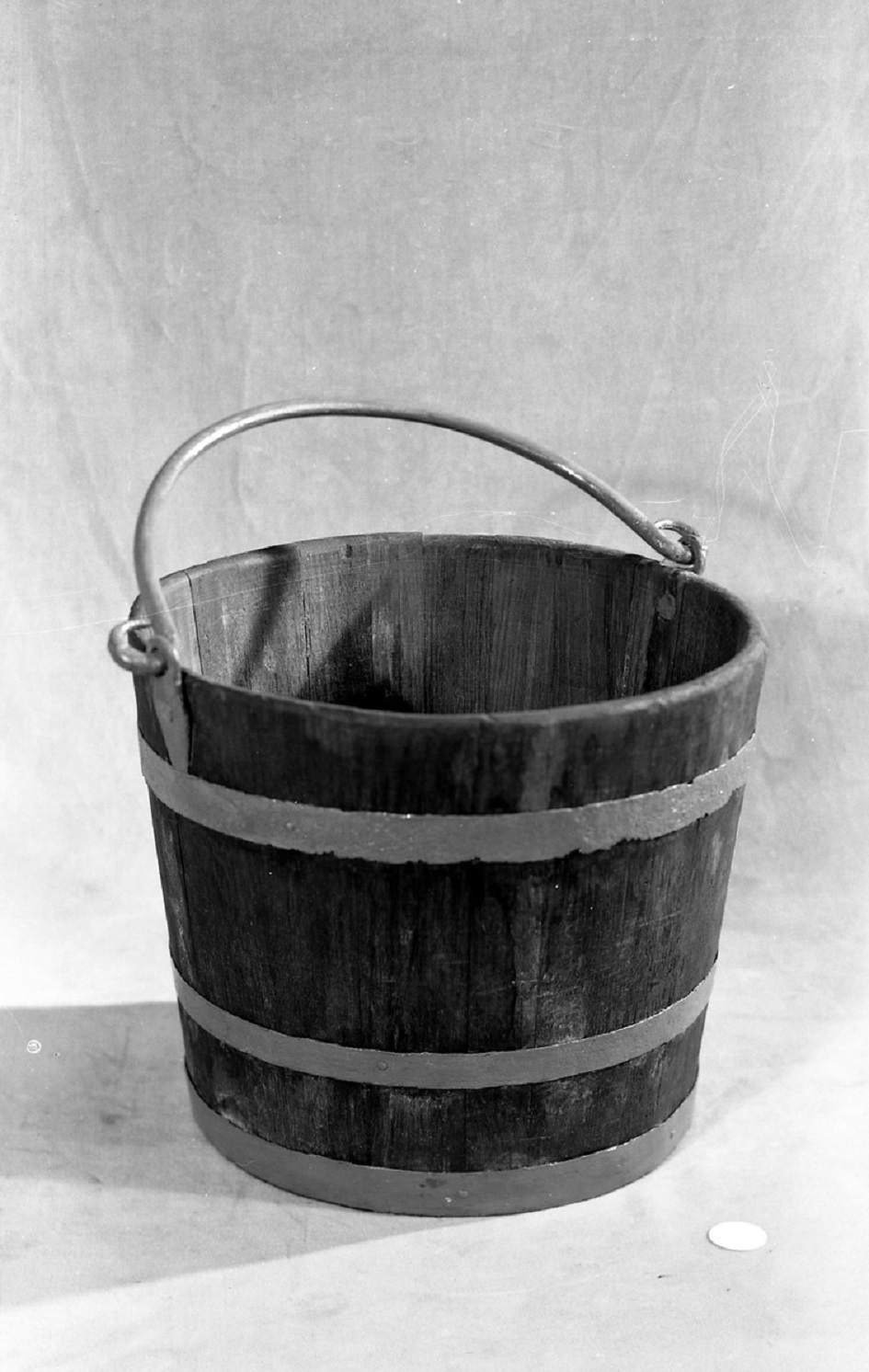
Bucket
It was the custom for the mother of a newly christened baby in the 19th Century Cumberland to give a tea to her neighbours. When they were ready to leave, a bucket was placed in the doorway which all the women had to jump over. If they stumbled or tripped it was taken as a sign they were pregnant.
Fishermen and other sea farers have long had a fear of bad omens before trips. One Yorkshire example suggests that if a fisherman saw an upturned bucket or bowl before his breakfast, he would not go to sea that day. It was also considered extremely unlucky to lose a bucket overboard whilst at sea.
MERL 51/386
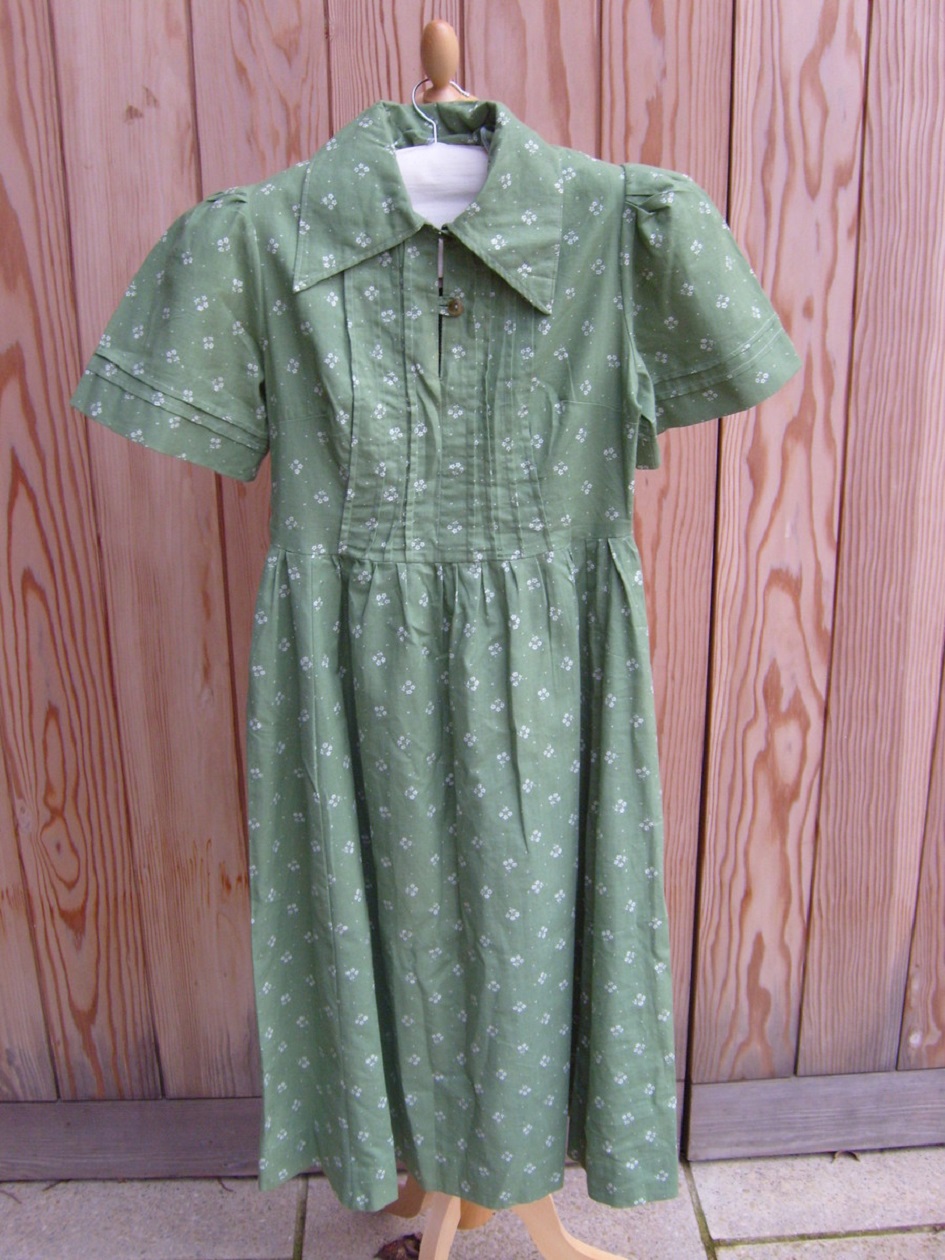
Green Dress
To wear green will bring death to the household: “wear green and you’ll soon wear black.” It is also bad luck to wear green at a wedding as some believe it symbolises being forsaken or betrayed. In Elizabethan culture “buying someone a green dress” implied pregnancy outside of marriage.
There is much speculation as to why this is, given that green is such a pleasing colour widely associated with nature and living growth. One possibility is that green stands for death, because graves lie under grass. A popular explanation is that ‘green is the fairies colour’ and they punish anyone who wears it.
Green also has more positive associations. Greenery and evergreens are used in many seasonal customs as signs of joy and celebration. It can also symbolise youthful vigor, spring or summer, and hope and nature.
Green was one of the two easiest colours to produce from dye (along with brown), so green cloth was much used in medieval and Tudor times.
MERL 2009/4
Spring Case 1
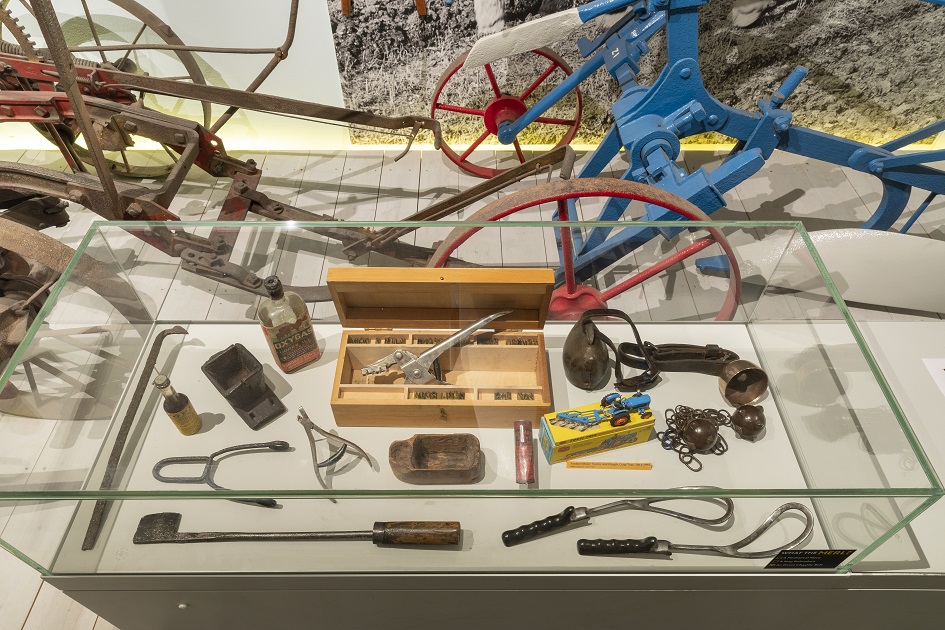
Spring Case 1
Birthing Forceps

'Spring' Case 1
One of the most common rural superstitions of a good or bad springtime focuses on the first lamb you see in the year. Lambing season was and is one of the most important events in the farming year and this superstition would have carried a lot of meaning for the beginning of the agricultural year.
In order to secure a good spring, you had to make sure you saw the lamb face on, if you caught the tail end you would ‘go backwards all year’.
MERL 61/228
Spring Case 2
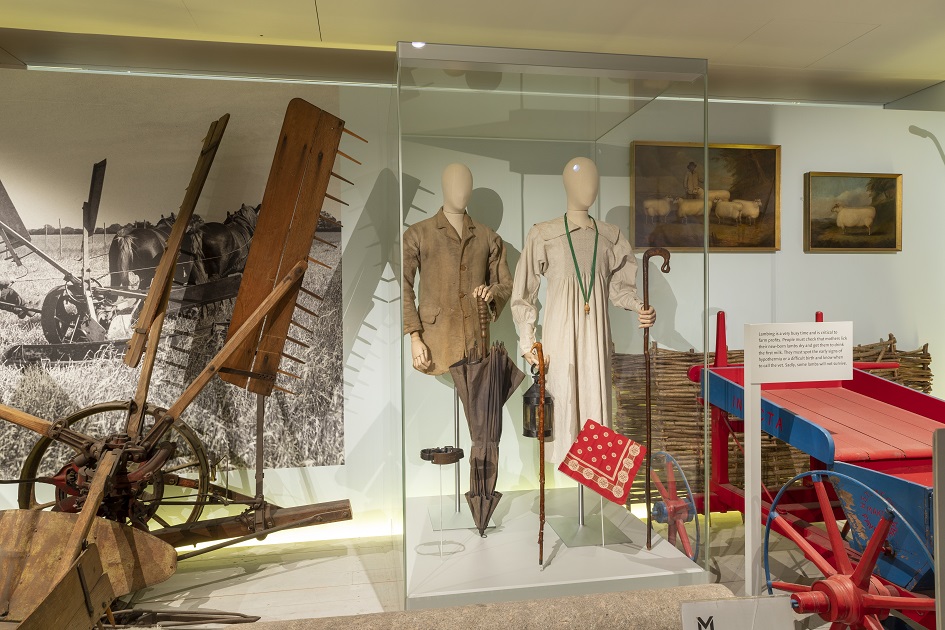
Spring Case 2
Umbrella
MERL Sheepdog Collar
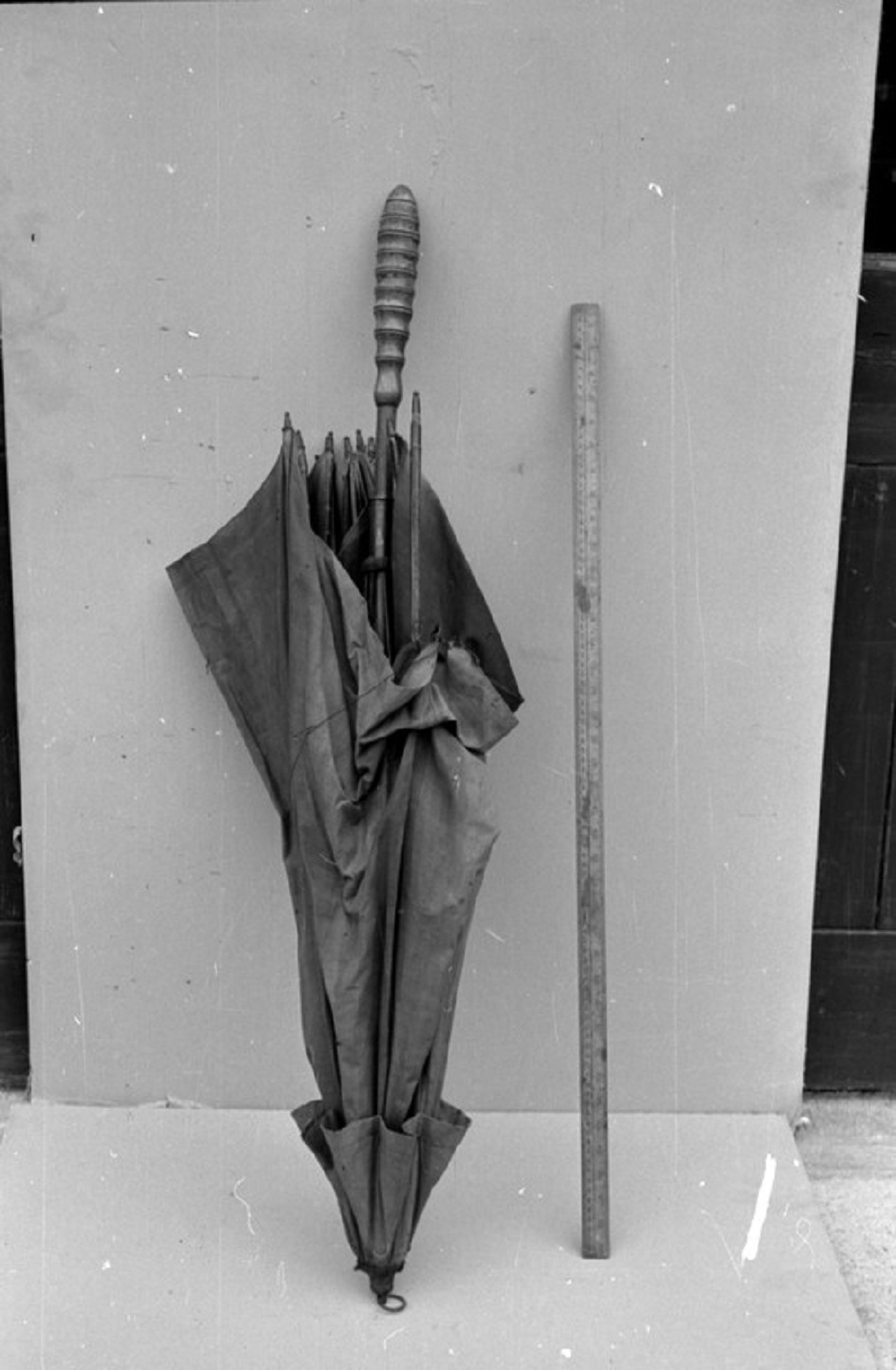
Umbrella
One of the most common superstitions still used today claims that it is unlucky to open an umbrella and hold it over your head whilst indoors. Most modern versions of the superstition say it it just bad luck, however older versions of the rule suggest it could bring death!
It is also wise to avoid putting an umbrella on your bed, or else you may suffer from a long illness and an umbrella on the table would be sure to cause an argument or quarrel in the household. Perhaps their link to stormy, miserable weather inclines them to be a risky object?
MERL 51/571
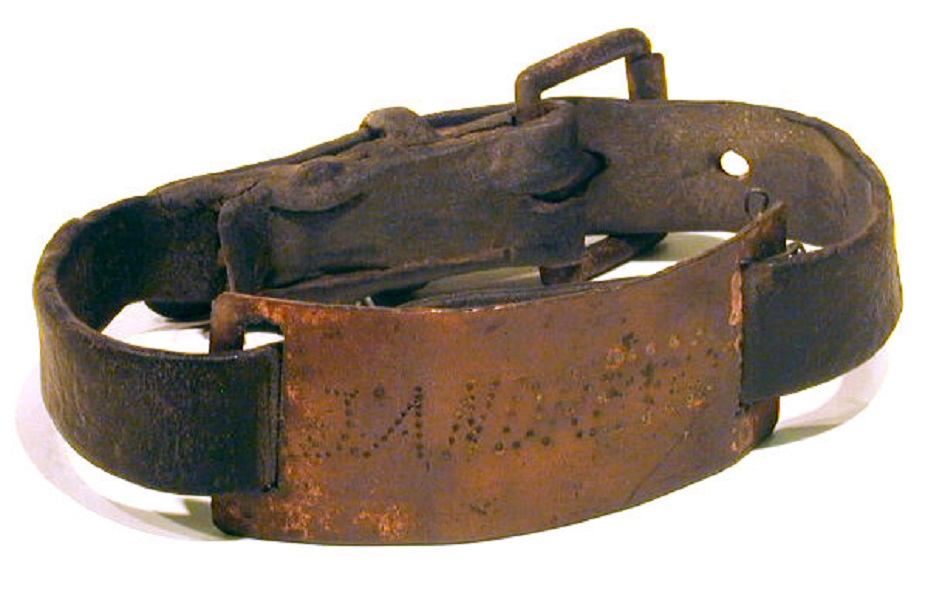
Sheepdog Collar
Dogs are believed to be sensitive to the supernatural, they can see ghosts and apparently predict death, and their behaviour can potentially predict luck, both good and bad.
Dog hair was also used in a number of remedies, most commonly to heal bites from dogs. The thought was, and is mirrored in many home remedies, ‘like cures like’. Which is why we still use the phrase ‘hair of the dog that bit you’ to recover from a night out of partying.
A slightly more dedicated healer would use the saliva of a dog to heal injuries, although we do not recommend this!
51/858
Summer
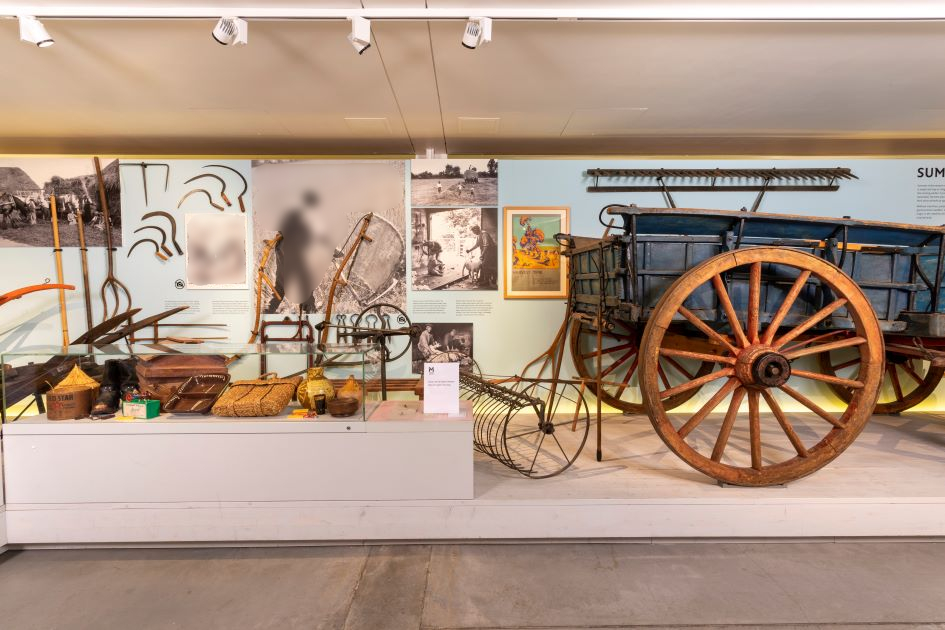
Summer
Barley fork
Sickle
Sussex wagon
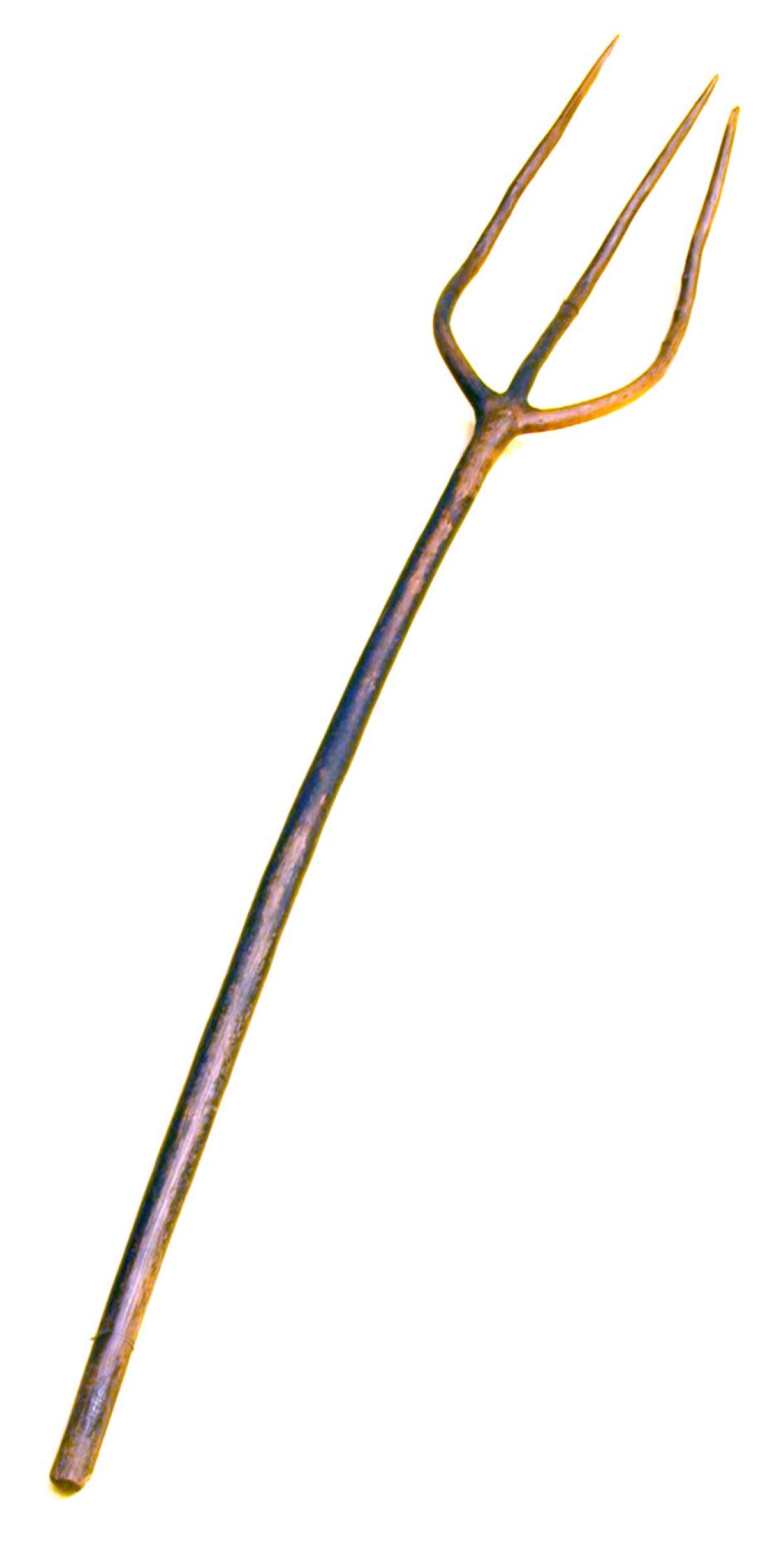
Barley fork
This barley fork would have been used for ‘pooking’ or turning over barley.
Barley forks were used in public demonstrations by a secret society of horse witches called the Horseman’s Word. The fork would be stuck in a dunghill and attached to a team of horses. However hard the horses pulled, they could not remove the barley fork. This performance – which is unexplained to this day – convinced onlookers of the society’s magical power.
Click here to read our blog post on the sorcery of the Horseman’s Word.
MERL 51/391
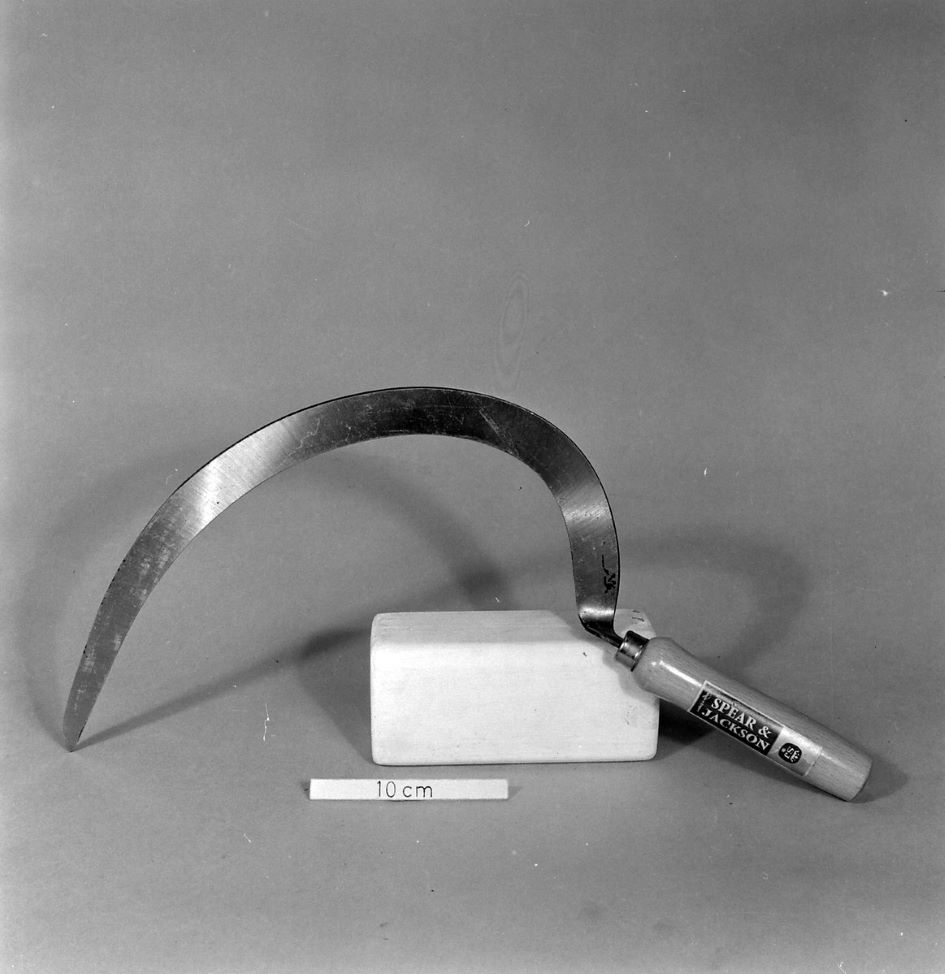
Sickle
Sickles were used for cutting crops; a job now done by a combine harvester.
In many countries, it was a widely held superstition that marrying in midsummer would lead to a happy and long-lasting union. Marrying during harvest time would only add to your worries and result in a difficult marriage. This led to the saying: “Those wed between sickle and scythe will never thrive.”
MERL 73/44
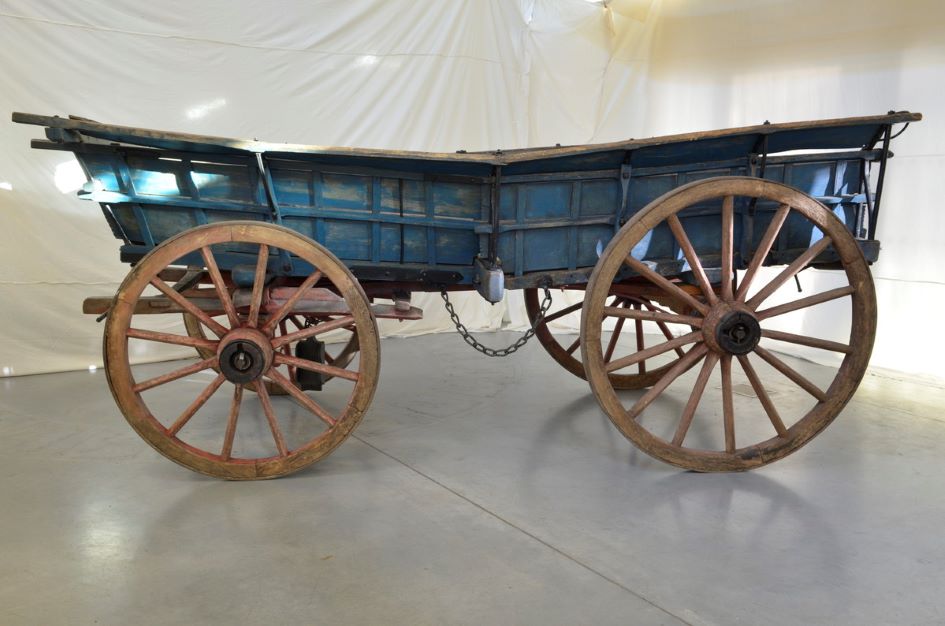
Sussex wagon
When you see a wagon of hay, make a wish. Count thirteen while you look, then turn away, and do not see the wagon of hay again. The wish will come true. If the hay is baled, the wish will not come true until the bales are broken.
MERL 54/677
Autumn
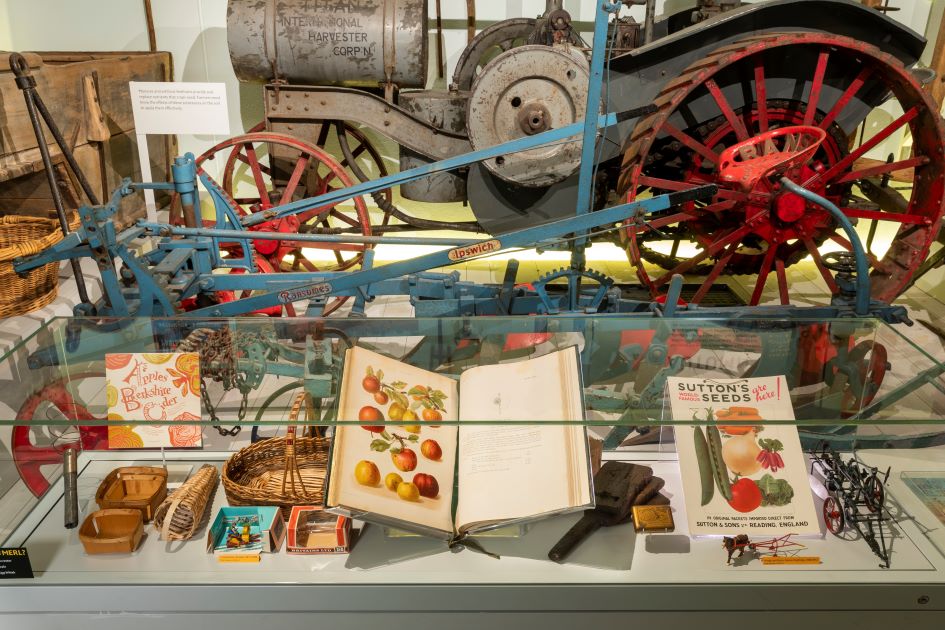
Autumn
Apple picker
Bird scarer
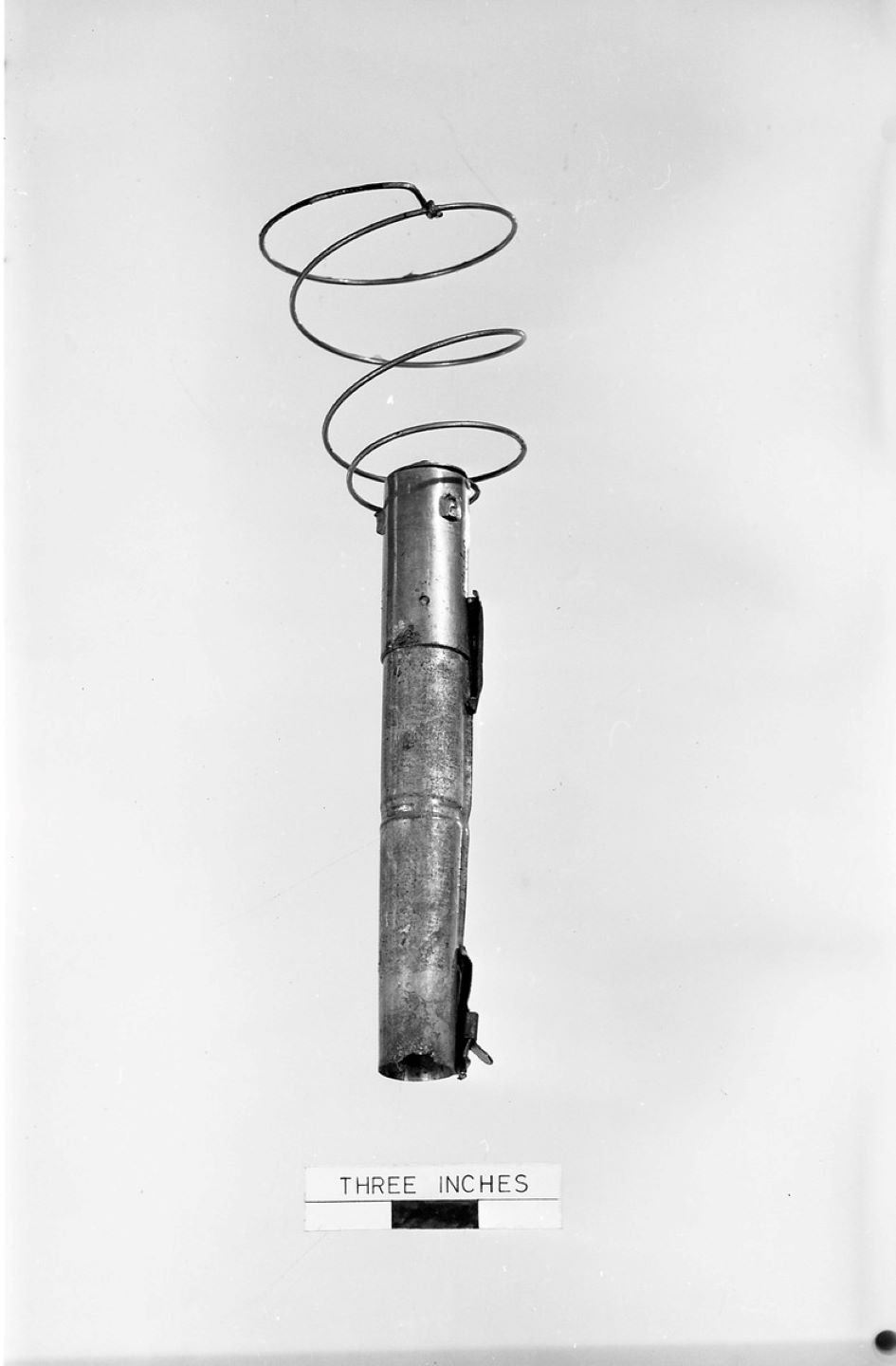
Apple picker
For thousands of years, apples have been thought to have held magical powers relating to matters of love. For example, in Ancient Rome, young people would throw an apple seed onto the fire while saying the name of the one they loved. If the seed popped, the feeling was mutual!
Bobbing for apples was a tradition developed in Scotland. After successfully fishing up an apple, you would wrap the peel round your head three times and throw it over your shoulder. It would fall in the shape of the first letter of your love’s name.
MERL 60/143
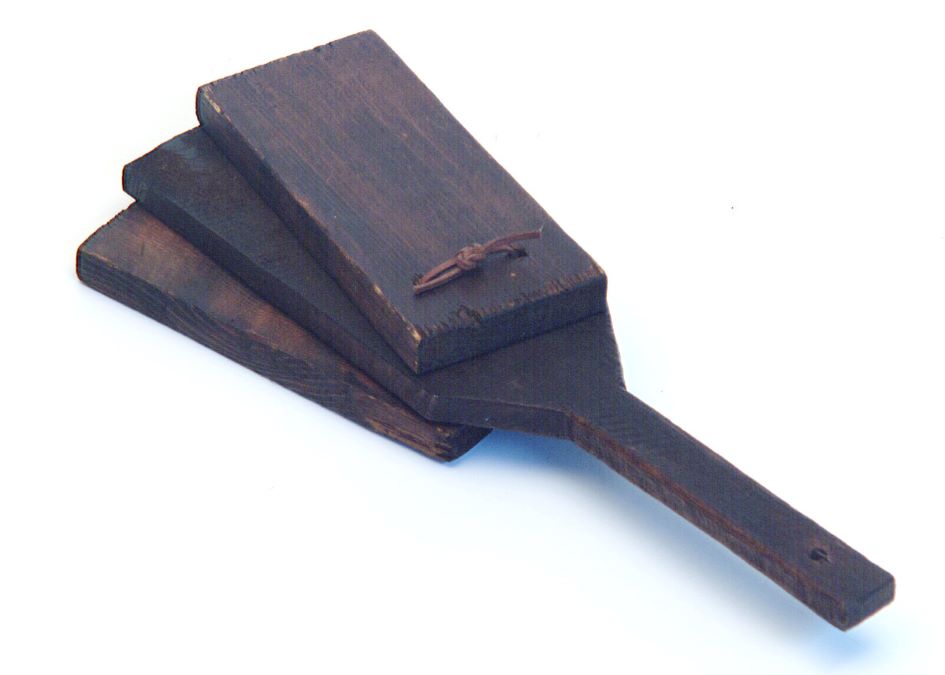
Bird scarer
This bird scarer would have been used by children to frighten birds away from crops.
Birds have always been subject to superstition, being seen as messengers of the gods in old pagan myths. Even when Christianity became dominant in Europe, many superstitions persisted. In France and England, hearing a cuckoo call before breakfast transformed the hearer into a lazy idler for the rest of the year. Robins were often thought of as sacred, with great harm falling on those who stole from their nests. In addition, hearing a great chorus of sparrows was thought to signal a downpour of rain.
MERL 51/507
Winter Case
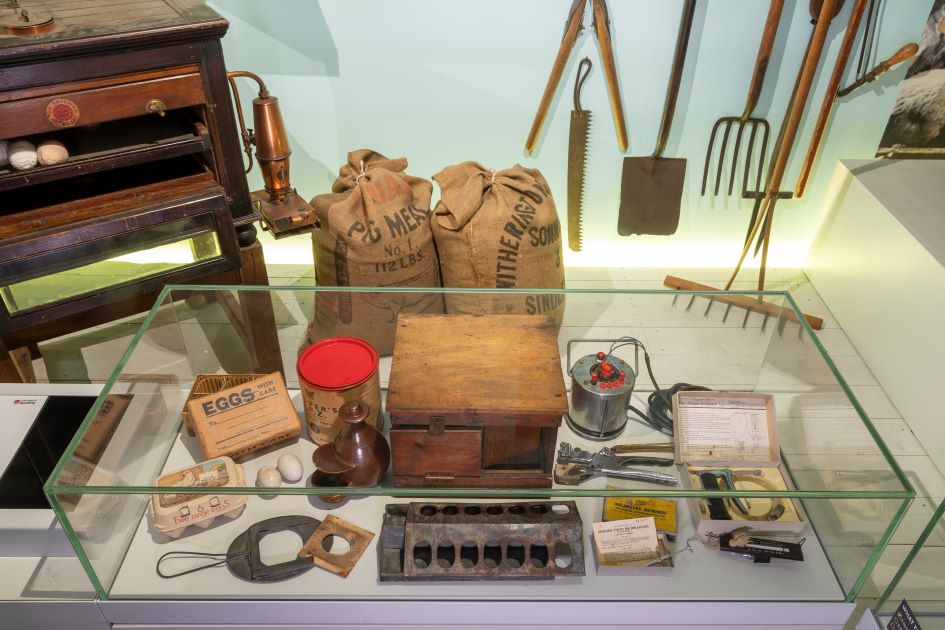
Winter Case
Egg box
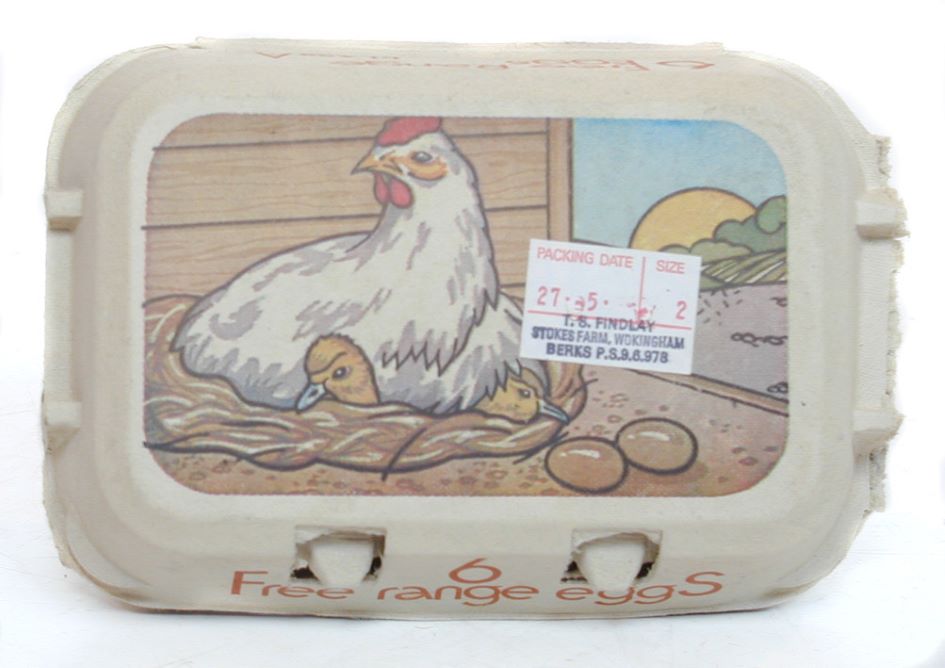
Egg box
This cardboard egg box originates from Stokes Farm in Wokingham.
The tradition of giving children eggs at Easter dates back to the 4th century BC, when the church forbade eating eggs during Lent. However, hens were not particularly cooperative with this order and continued laying, leading to an excess of eggs. As a result, boiled eggs were given to children to use as toys, and were often dyed bright colours to make them more appealing.
Winter Display
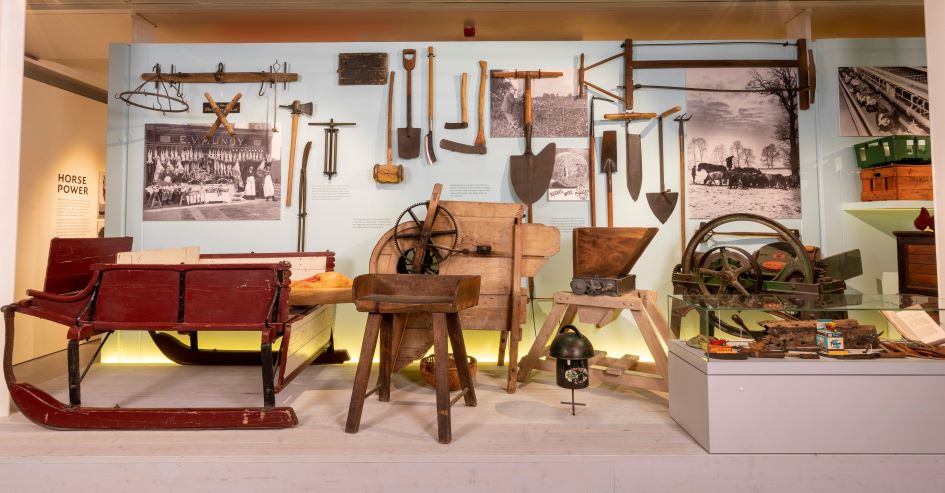
Winter Display
Turnip peck
Potato basket
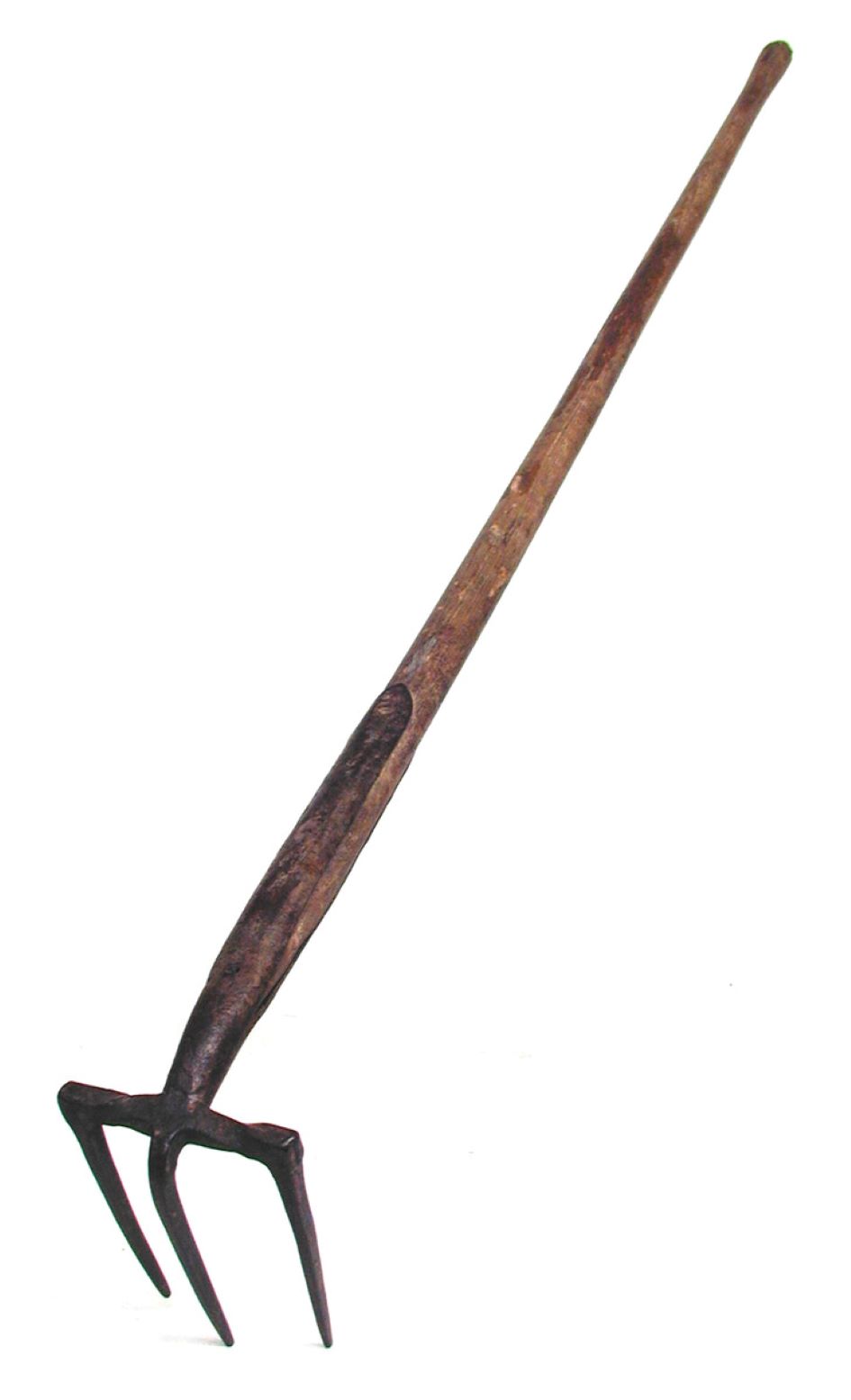
Turnip peck
This three pronged turnip peck would have been used to lift turnips when feeding livestock.
Centuries ago, it was not only pumpkins that were used for Halloween carvings; turnips were as well. A key element of Halloween was to reverse the natural order of things. Children would switch door numbers and move horses from stable to stable. This was the ‘trick’ element of ‘trick or treat’. Following this theme, adults would be lured outside their home by a child tapping on a window, where they would be confronted with a turnip carved with a devil’s face.
51/132
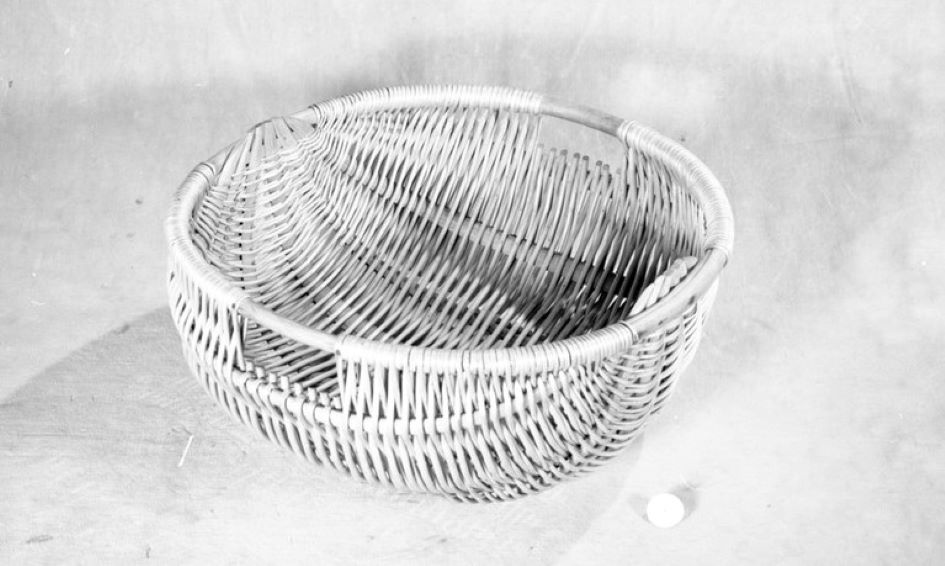
Potato basket
One old remedy for getting rid of warts involved potatoes. The idea was to buy a potato (though a piece of meat or a bean would also work) and bury it at a crossroads. As the potato decayed, the wart would disappear. What this remedy fails to recognise is that potatoes tend to thrive underground rather than decay, so perhaps it would just make your wart problem worse!
MERL 60/768
Horse power
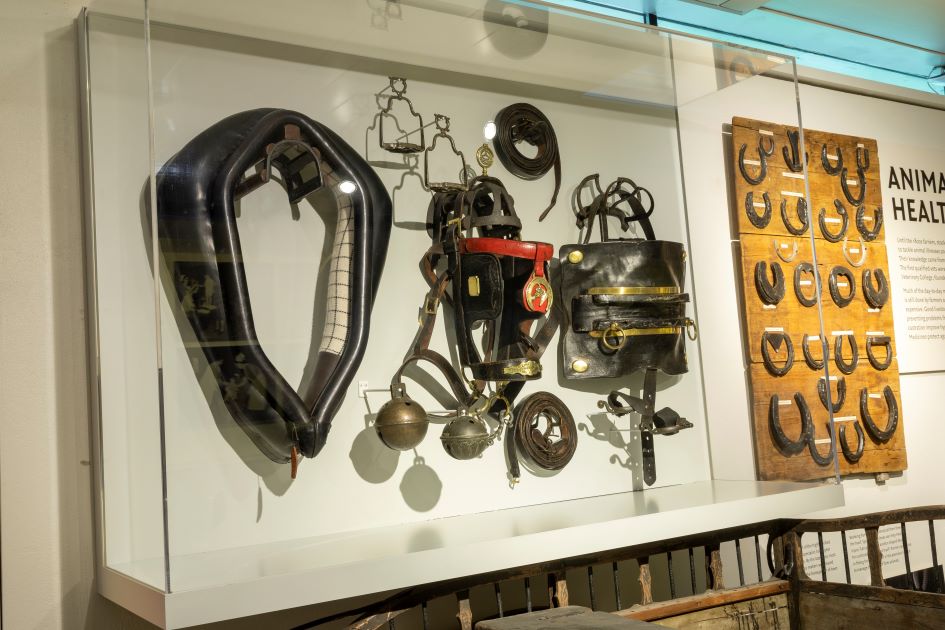
Horse power
Horse collar
Horseshoes
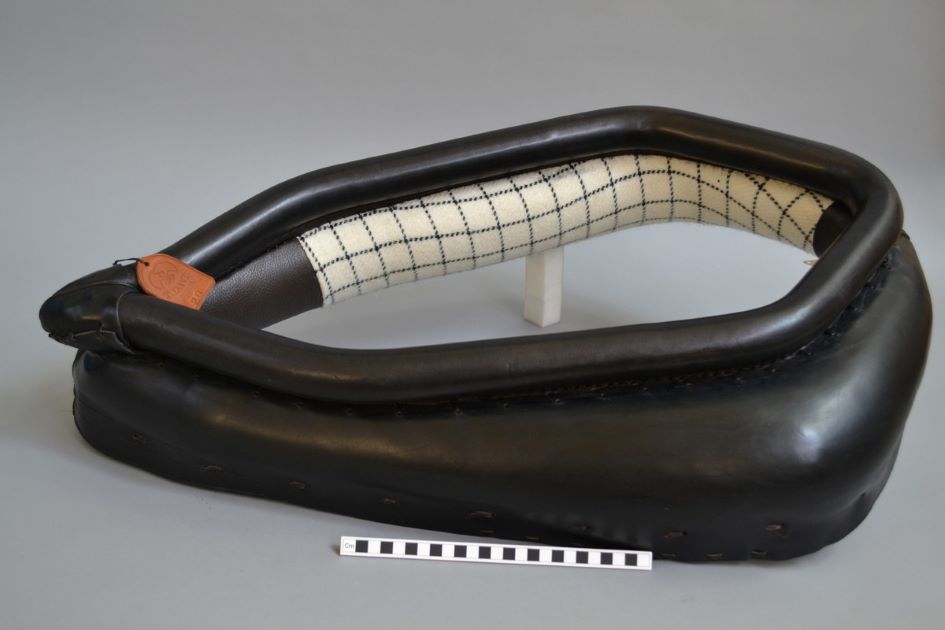
Horse collar
In folk tradition horses were regarded as very vulnerable to supernatural attack. Their night sweats and exhaustion were attributed to ‘hag riding’ from witches and fairies from whom horses must be protected by with ‘hole stones’.
Their tendency to shy or refuse to move for no reason was (and often is) attributed to a physic awareness of the presence of evil, for example haunted spots of places where blood has been shed. It was also believed they can be tamed, immobilized or rendered restive by those with magical powers.
MERL 2007/41
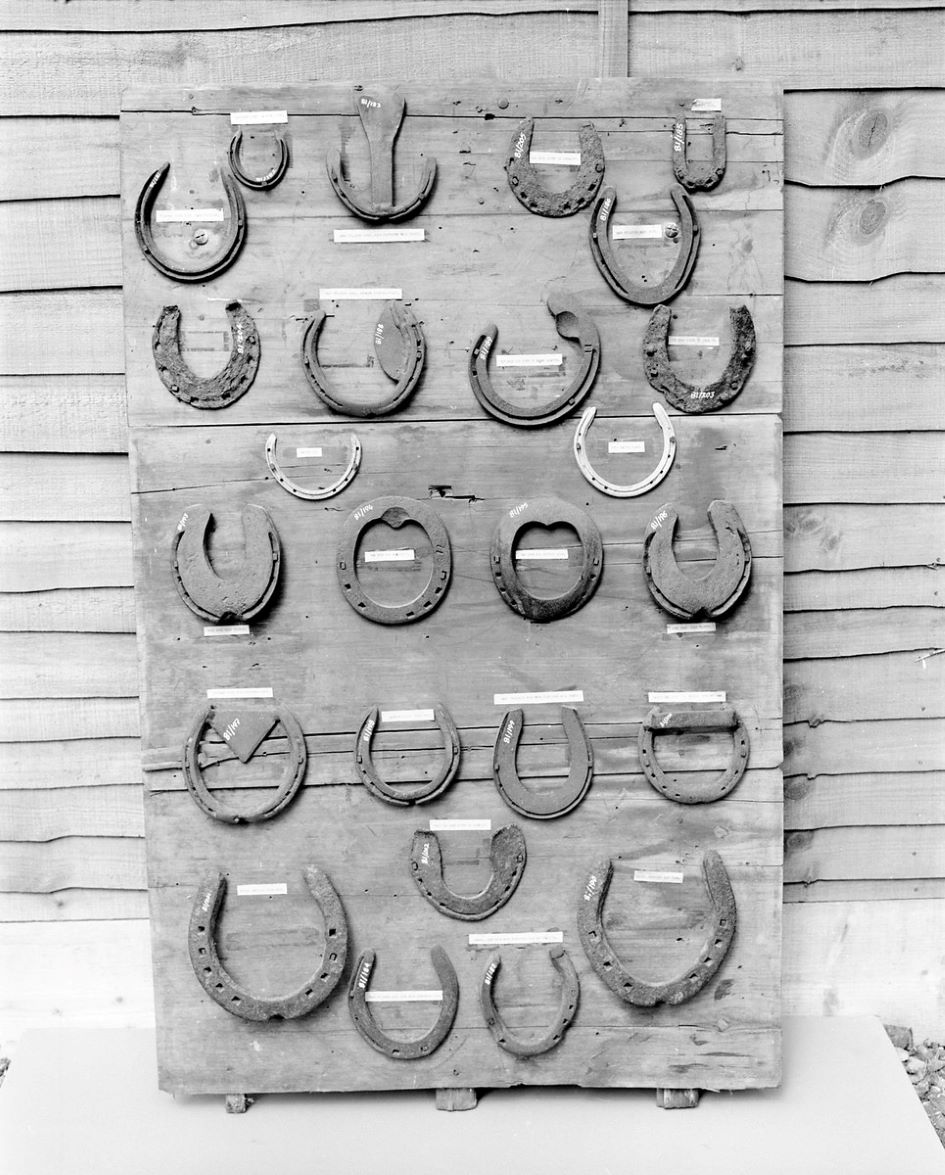
Horseshoes
Horseshoes are one of the most popular symbols of good luck, often featured on greetings cards. Tradition suggests nailing a horseshoe above your door in a ‘U’ shape to catch good luck. Good luck!
MERL 81/181-205
Animal Health

Animal Health
Fly switch
Pig ringer
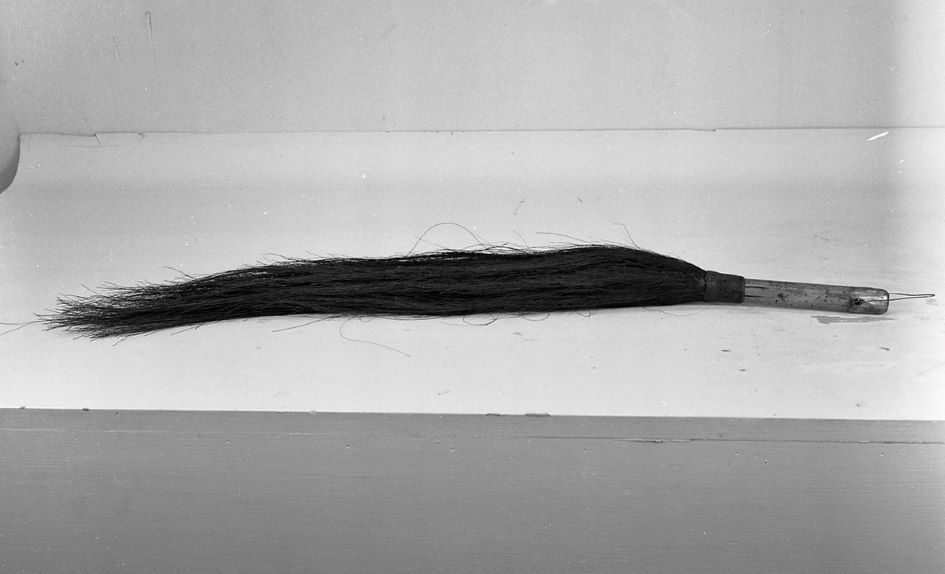
Fly switch
This farrier’s fly switch would have been used to keep flies off horses when they were being shod (fitted with a shoe).
A number of fly related superstitions have been recorded, although they are often quite contradictory. To see a fly in your house at Christmas it is considered lucky and should be left alone. In the North East of England, however a fly in the house is an omen of death!
MERL 55/181
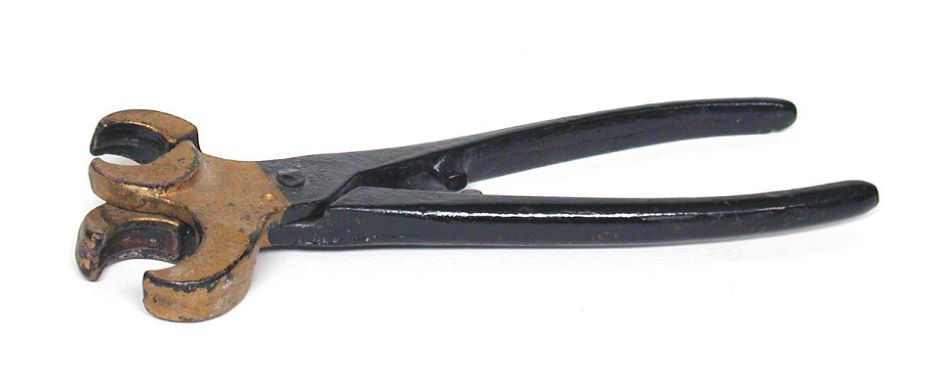
Pig ringer
This object would have been used to fit pigs with nose rings.
Some people in the Middle Ages carried out superstitious practices which were a curious mixture of pagan tradition and Christian belief. Pig bones were believed to have the power to prevent injury. For example, one rite involved placing a pig’s shoulder bone on an alter and reading from four Gospels. The bone would then be fashioned into a cross which would protect the holder from misfortune.
MERL 91/35
Rural Healthcare

Rural Healthcare
Tooth extractor
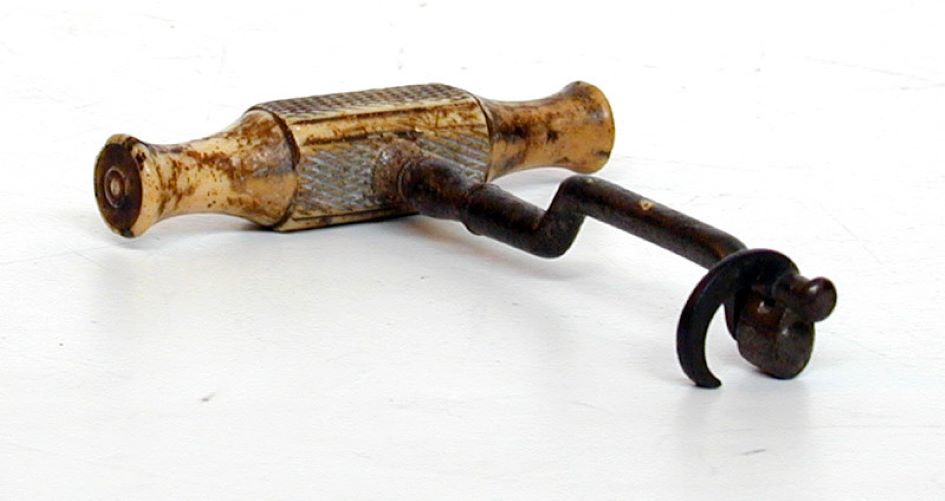
Tooth extractor
There are many superstitions about teeth as well as the common fact that the tooth fairy often provides financial settlement for children’s teeth when they fall out. To dream about teeth falling out suggests you are keeping a secret!
Click here for an exploration of the tooth extractor’s history.
MERL 51/90
Dairy to Doorstep
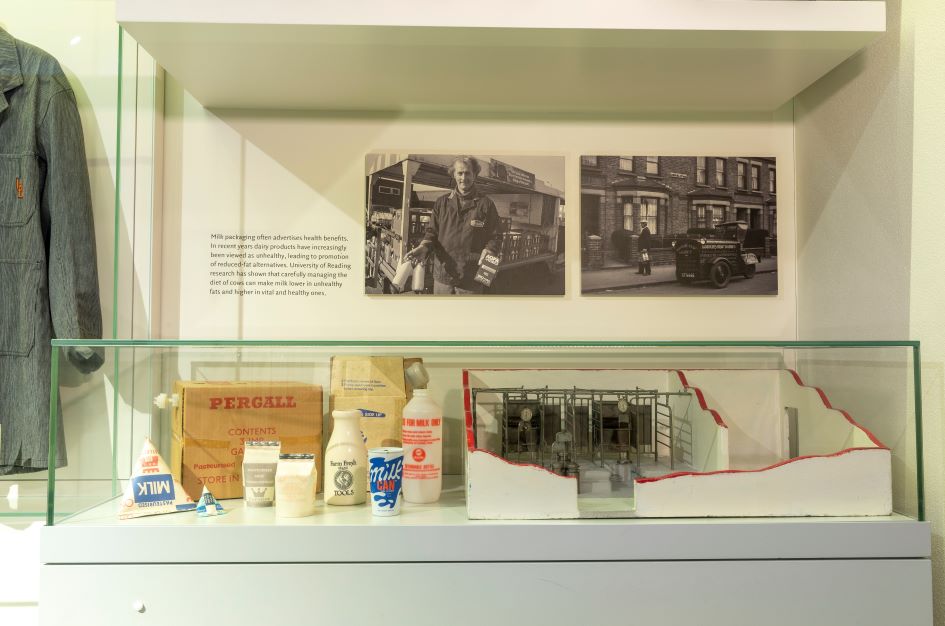
Dairy to Doorstep
Milk bottle
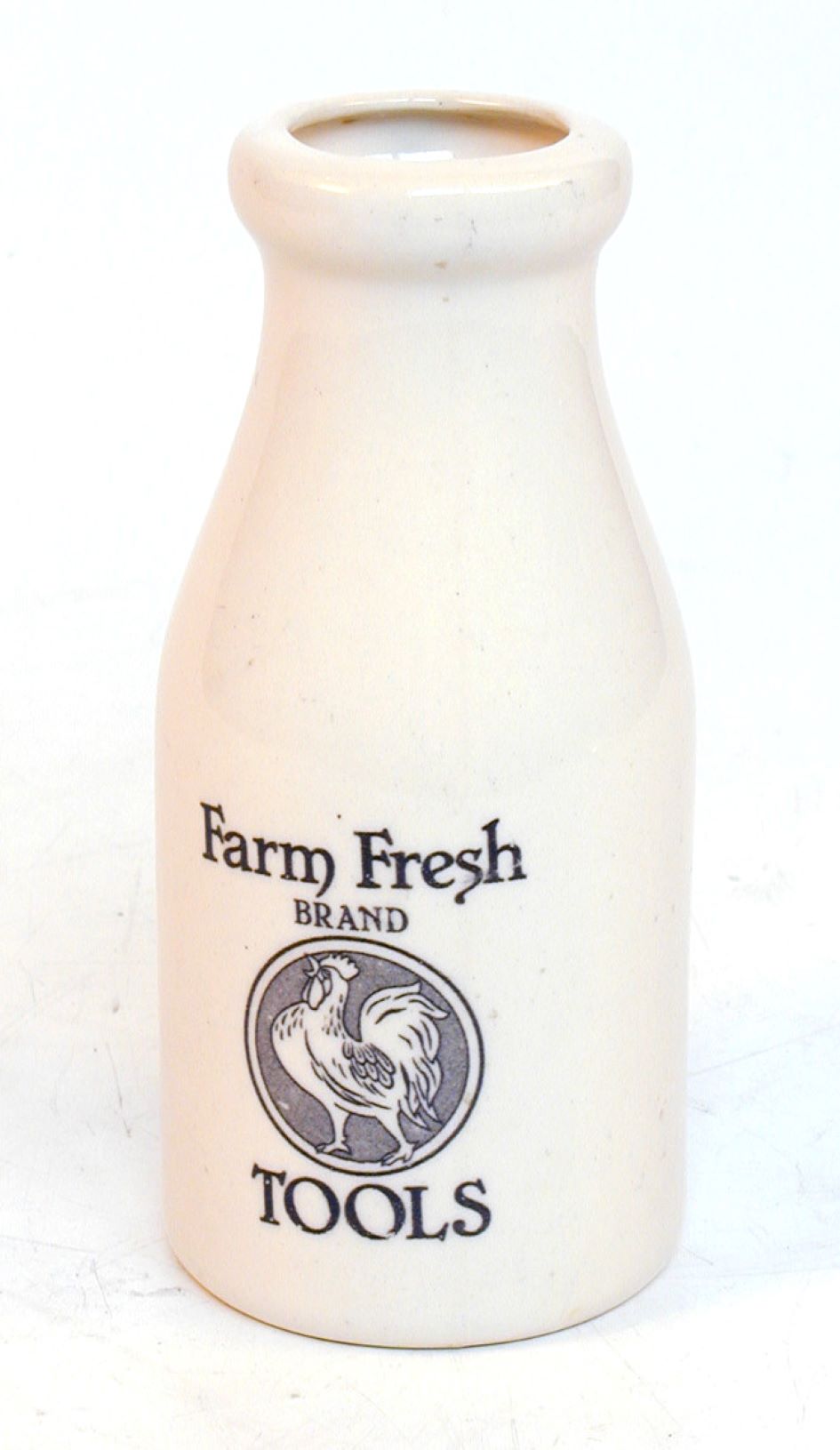
Milk Bottle
The care of cows, milking and butter making were surrounded by multiple magical precautions and fears, presumably because they were subject to various issues that were poorly understood at the time. Failures in milk, such as blood in milk, or no milk production would be blamed on witchcraft. The issues would probably have been caused by diseases or poor hygiene, but these solutions would not come until much later. To guard against these malicious spells protective charms and plants were placed in or beside cattle sheds, the cows were blessed and wassailed and if needed, counter-charms would be used.
MERL 98/36
Grow your Own
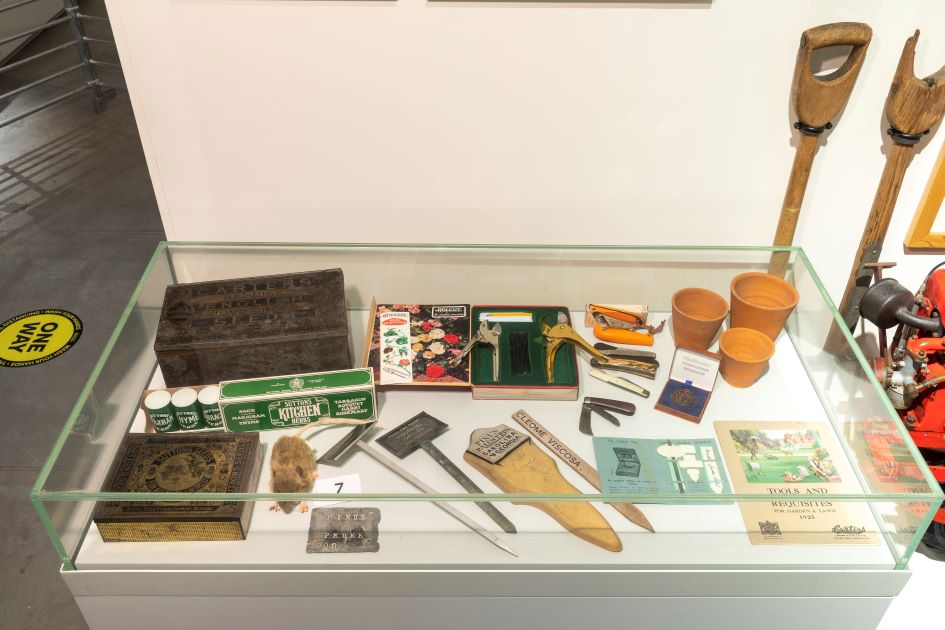
Grow your Own
Carters Seeds Tin
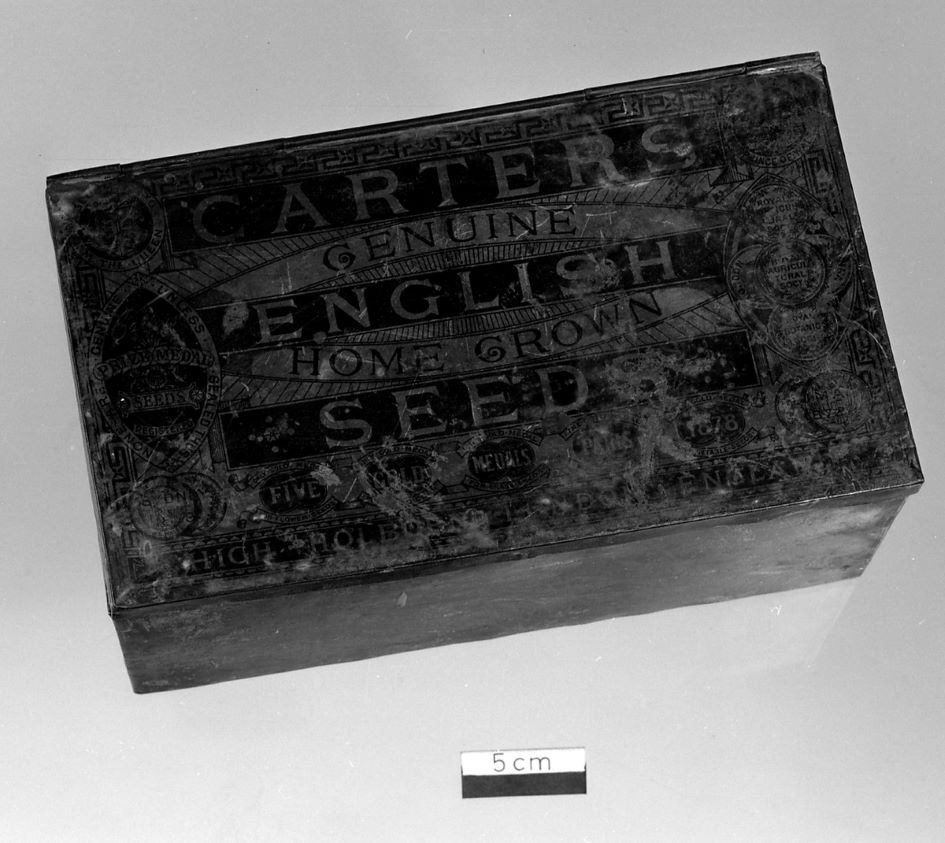
Carters Seeds Tin
This metal box would have been used for carrying seeds at Carters Tested Seeds Ltd. The seeds of vegetables and herbs were often associated with dark, Satanic magic in Medieval times. Witches were feared for their ability to enter your home even though a locked door – but a fennel seed in the lock would put a stop to that.
MERL 68/525
Coopers and Thatchers
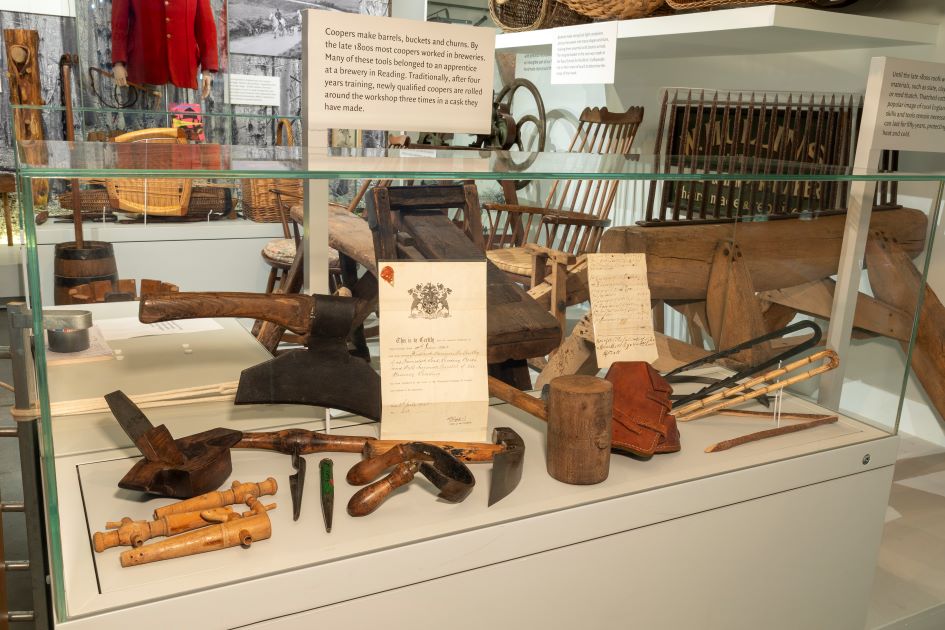
Coopers and Thatchers
Hazel spar
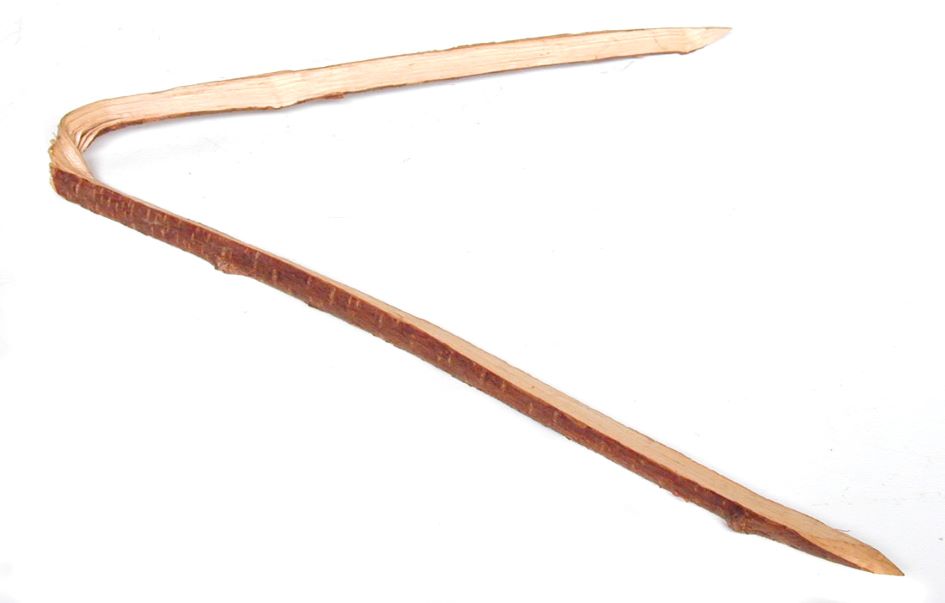
Hazel spar
Spars such as these are used to help secure thatched roofs.
Hazel has long been considered a magical tree. A hazel rod was supposed to protect against evil spirits, as well as being used as a wand and for water-divining. Hazelnuts were carried as charms or held to ward off rheumatism.
MERL 94/38
Hearth and Home Case

Hearth and Home Case
Nutcracker
Butter print
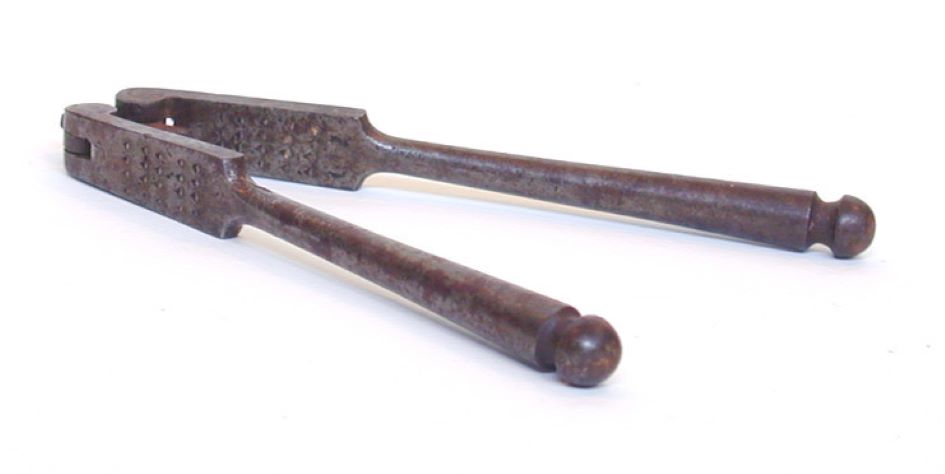
Nutcracker
Nuts are often associated with love and marriage and there were a number of games played on All Hallow’s Eve. A couple was given a nut each, and they would be thrown into a fire. If the nuts popped it was good news for the couple! If they didn’t, love was not in the cards!
MERL 93/16
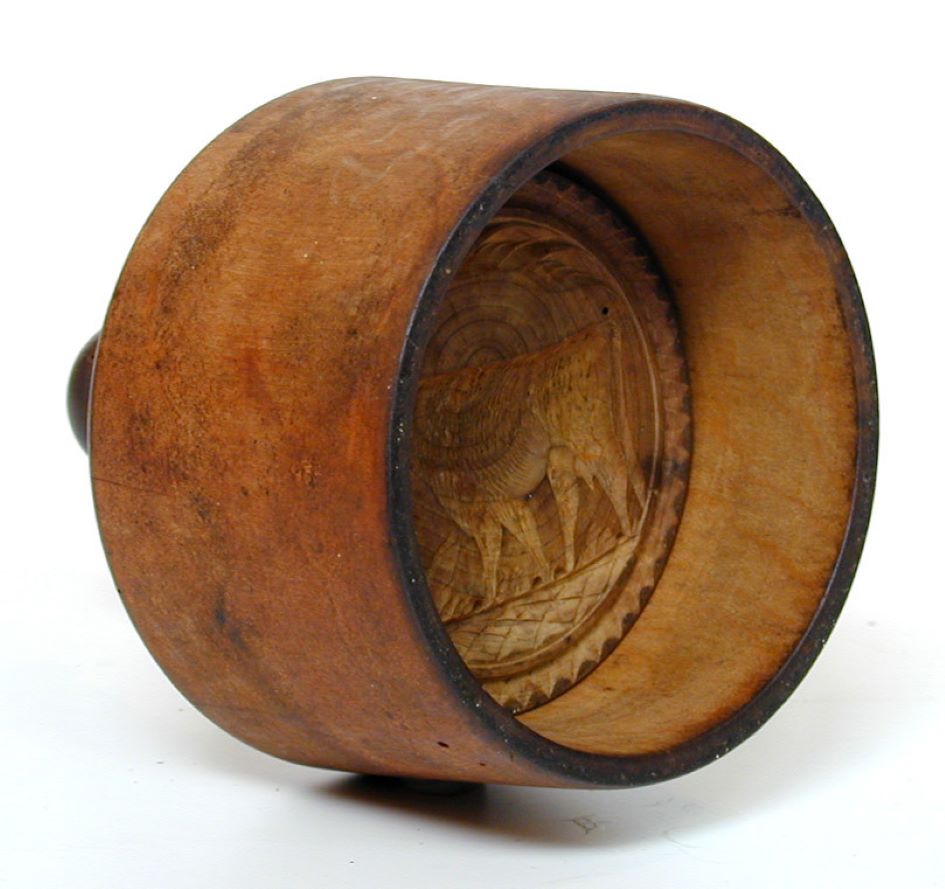
Butter Print
This butter print would have been used to measure and mark blocks of butter. It is an ‘ejector’ type print, with a plunger to push the butter out.
Witches were known to use spells to steal the goodness from milk, making it impossible to churn it into butter. The standard countercharm was to plunge a red-hot poker into the churn.
There was also a verbal charm which you can sing next time you are churning butter:
Come, butter, come!
Come, butter, come!
Peter stands at the gate,
Waiting for a buttered cake,
Come, butter, come! “
MERL 55/760
Hearth and Home Display
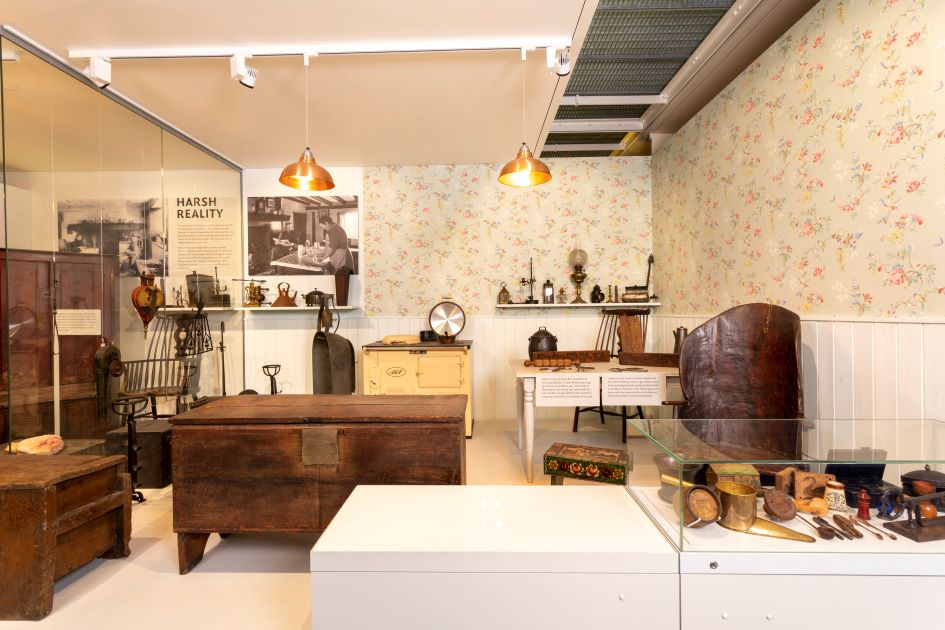
Hearth and Home Display
Sugar cutters
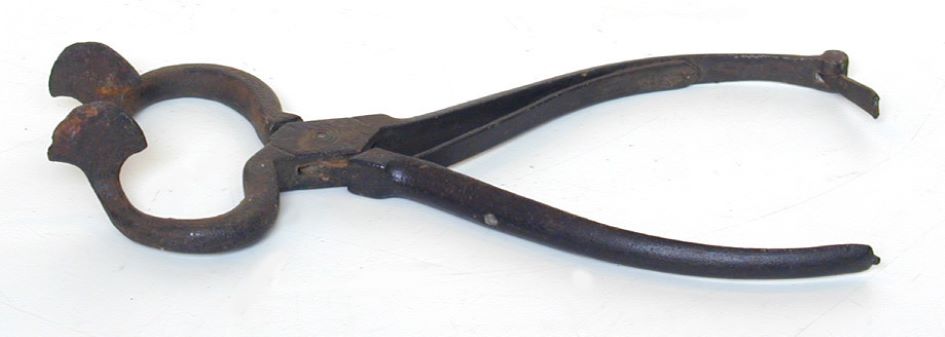
Sugar cutters
These sugar cutters are a domestic utensil used for breaking loaf sugar into pieces suitable for table use.
Whether you put your milk in before the tea or vice versa, it is recommended to never put sugar in after the milk. To do so could risk ‘crossing a loved one’ or never receiving a marriage proposal.
MERL 52/47
Harsh Reality
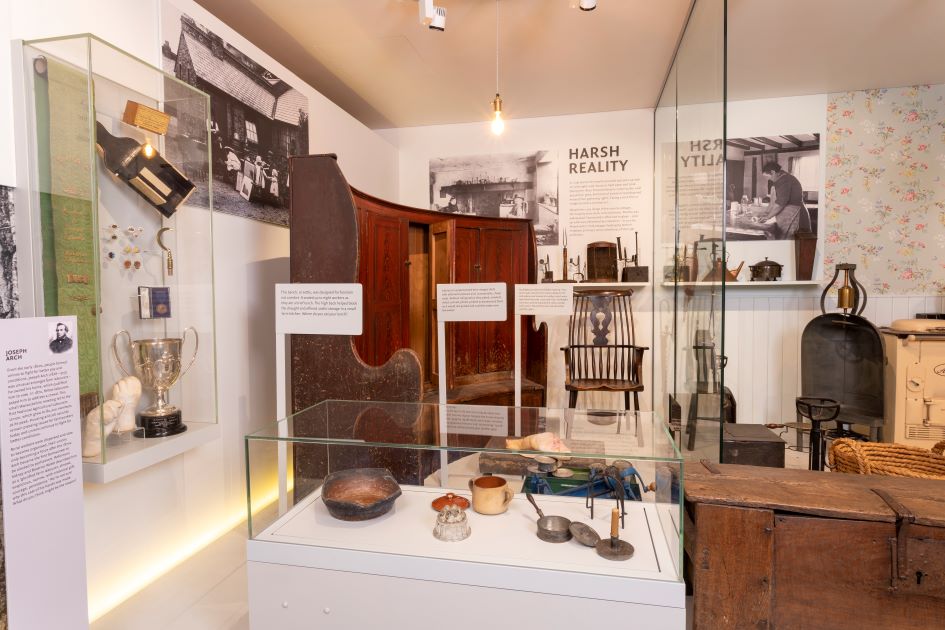
Harsh Reality
Candlestick / Tinderbox
Salting tray
Cast of Hands
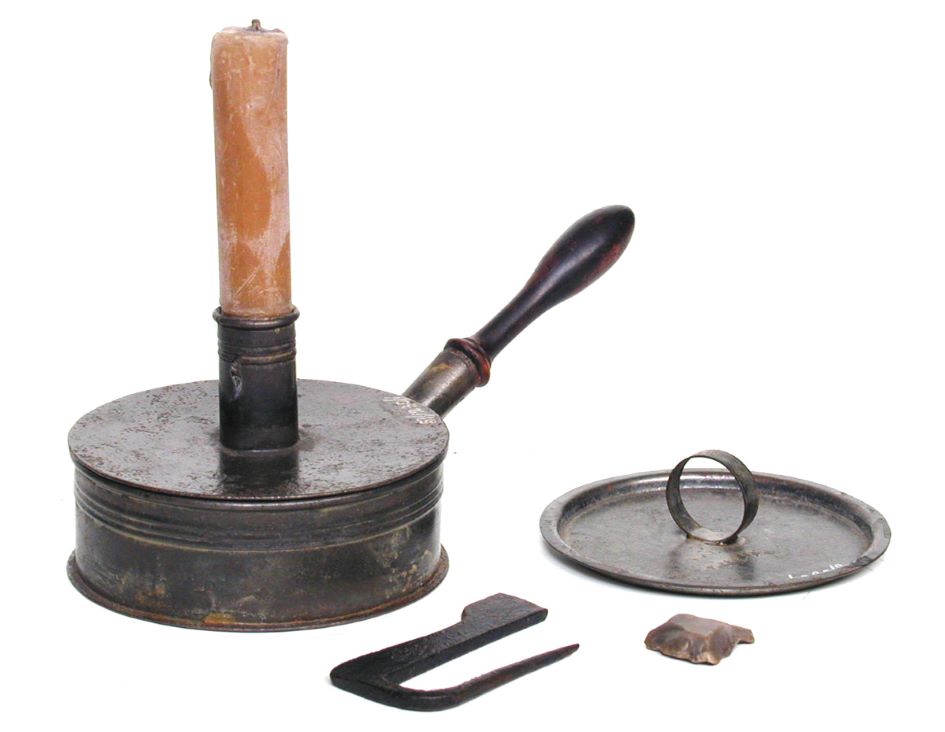
Candlestick / Tinderbox
This tinderbox, which holds a candlestick, is made of tinned iron and has a turned wooden handle.
Some people believed that if a candle sparked it was announcing the arrival of a letter. The direction of the spark towards a particular person identified the receiver of that letter. Other superstitions suggest that the spark was an omen of a stranger or even a thief!
Candles were also used as part of love spells. In the 1800s during the eve of St. Mark or St. Agnes, one would light a stolen candle and sit and watch it. When the flame turned blue your future husband or wife would appear before you!
MERL 51/1230
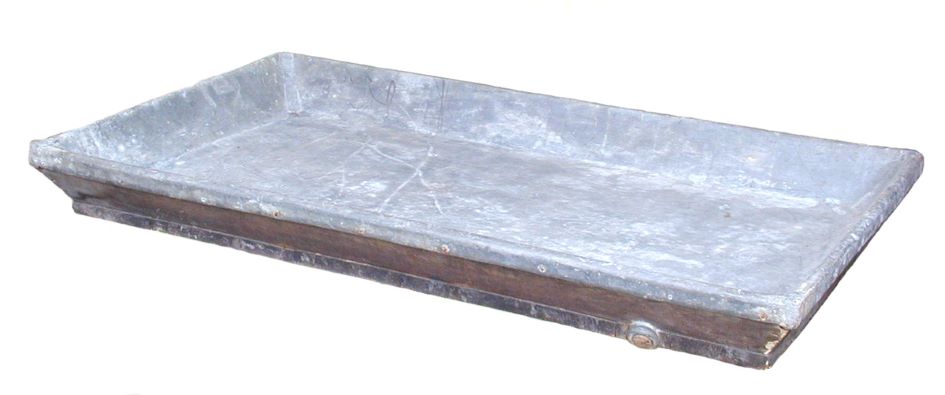
Salting tray
This salting tray would have been used to preserve pork by covering it in brine.
One tradition around salt is that you must never give it to another person. Even at the dinner table, it can only be taken, for to ‘pass salt is to pass ill will’. Another common tradition is to avoid spilling salt and if you do, you must toss some over your left shoulder, supposedly to hit the devil in the eye!
MERL 91/40
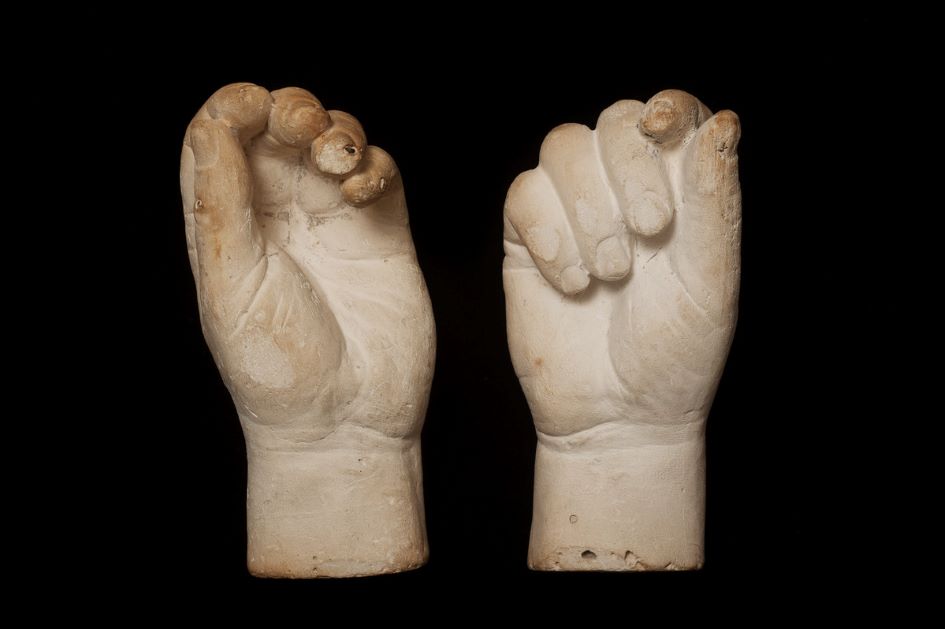
Cast of Hands
These are plaster casts of Joseph Arch’s hands. Arch was the first agricultural labourer to become an MP, and he established the first national farmers’ union in the 1870s.
Superstition surrounding hands typically focuses on wealth. If you have an itchy right hand, then good news, you will soon have some money coming in. If your left hand itches, however, your financial fortunes will soon take a turn for the worse!
MERL 75/16
On the Hunt
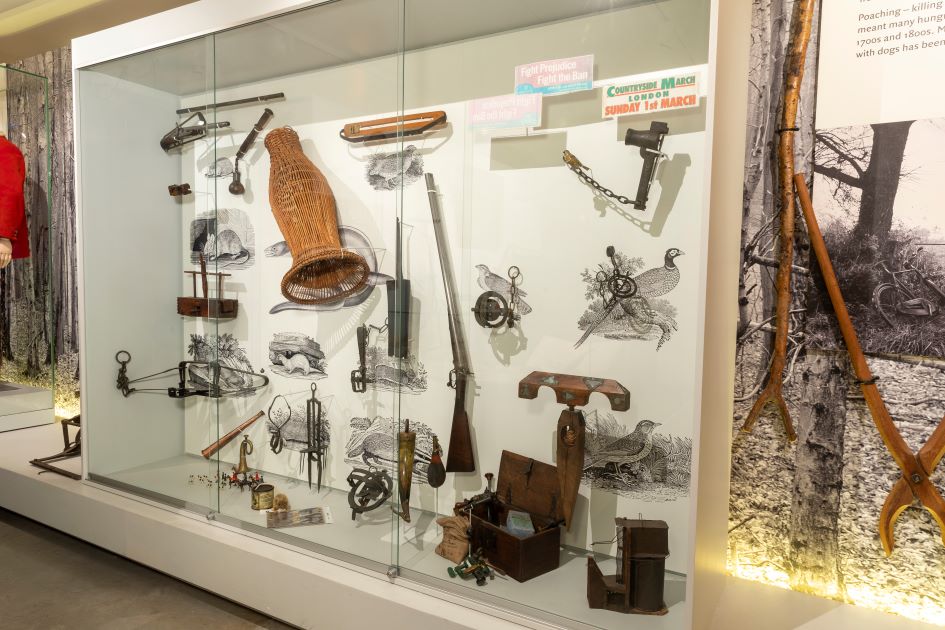
On the Hunt
Mouse trap
Eel trap
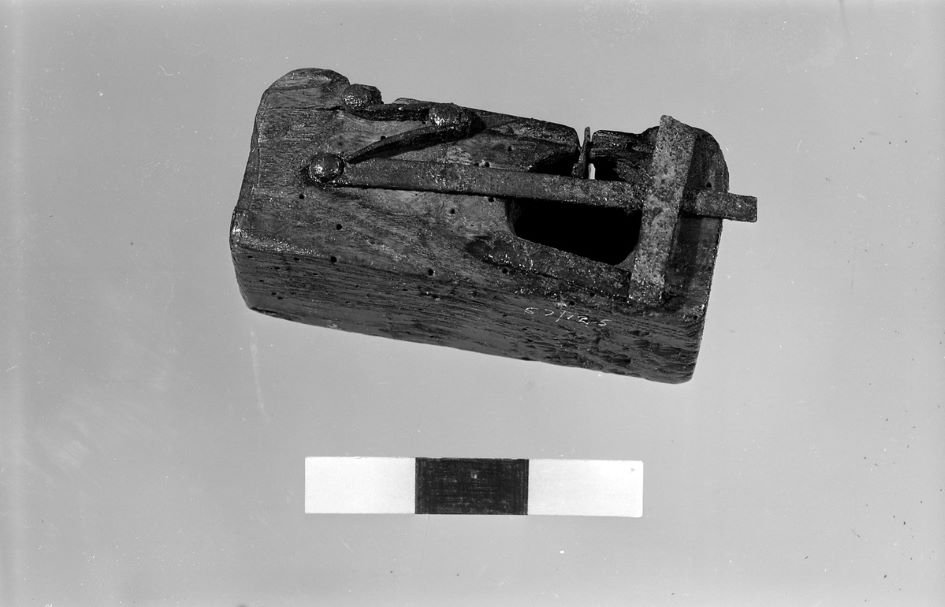
Mouse trap
If mice arrive in large numbers at a house previously free of them, it is considered a portent of bad luck, of looming sickness or even of death. It is also bad news if they enter a bedroom, run across someone’s body, or gnaw at someone’s clothes. Even as a little treat.
To rid yourself of mice, tradition suggests a rather unique solution. You should — because of course you should — politely explain to the mice that their presence is inconvenient, and recommend another house that they might enjoy more.
MERL 57/125
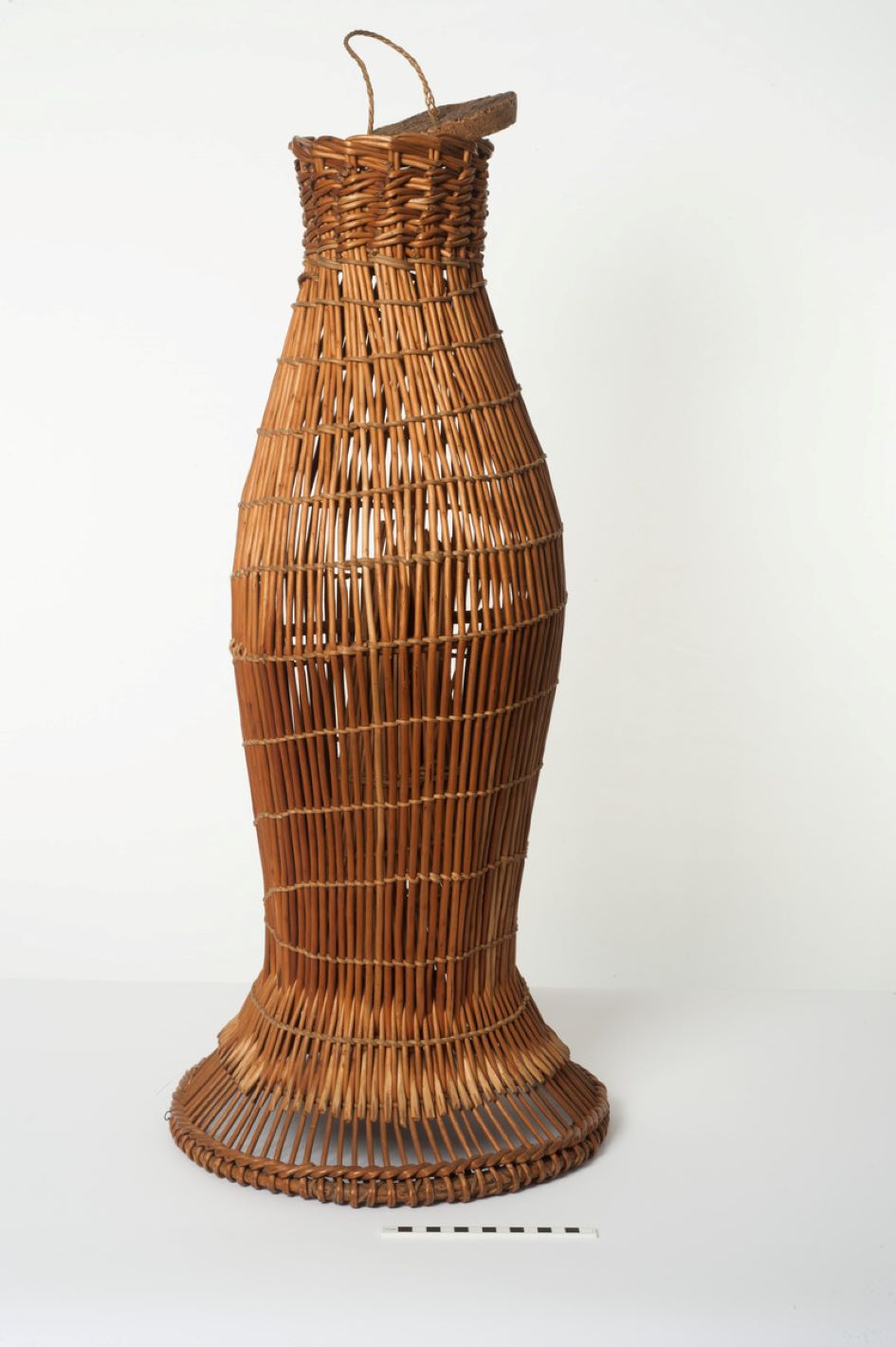
Eel trap
Historically, many believed that eels were formed from horsehair thrown into running streams.
They were also a popular ingredient in folk medicine, and it was commonly believed that eel oil could cure deafness. A more generally reported medical use was to wear their skins as stylish garters, to prevent cramps or cure rheumatism.
Many communities distrusted eels and refused to eat them, and the mystery of their allure endures in many different types today.
Records show people believed eels would wind themselves into knots and could only be released by the sound of thunder. Others thought thunder killed eels, as witnessed in Shakespeare’s ‘Pericles’ (1608).
MERL 60/467
Basketry and Bodging
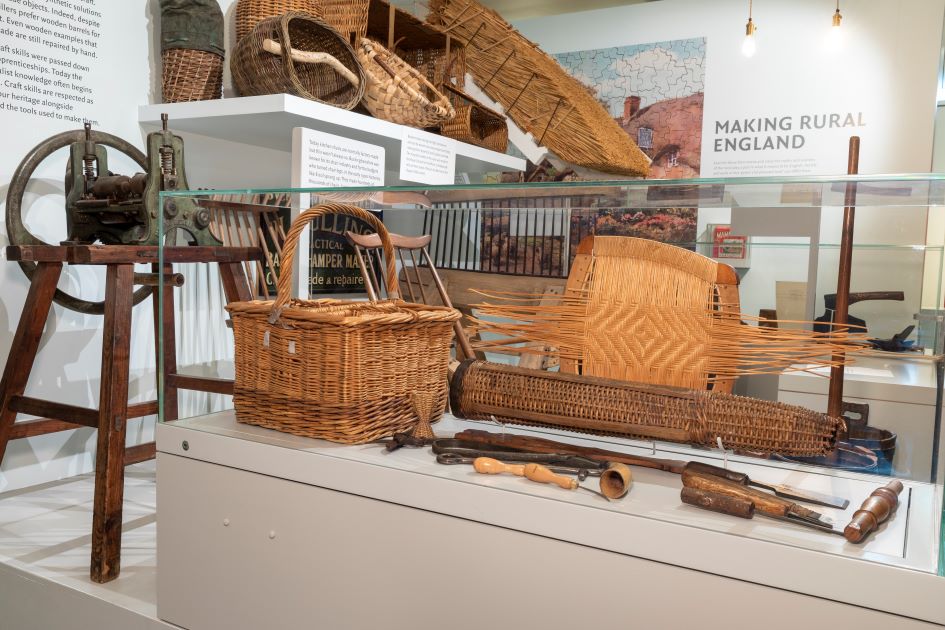
Basketry and Bodging
Chair seat
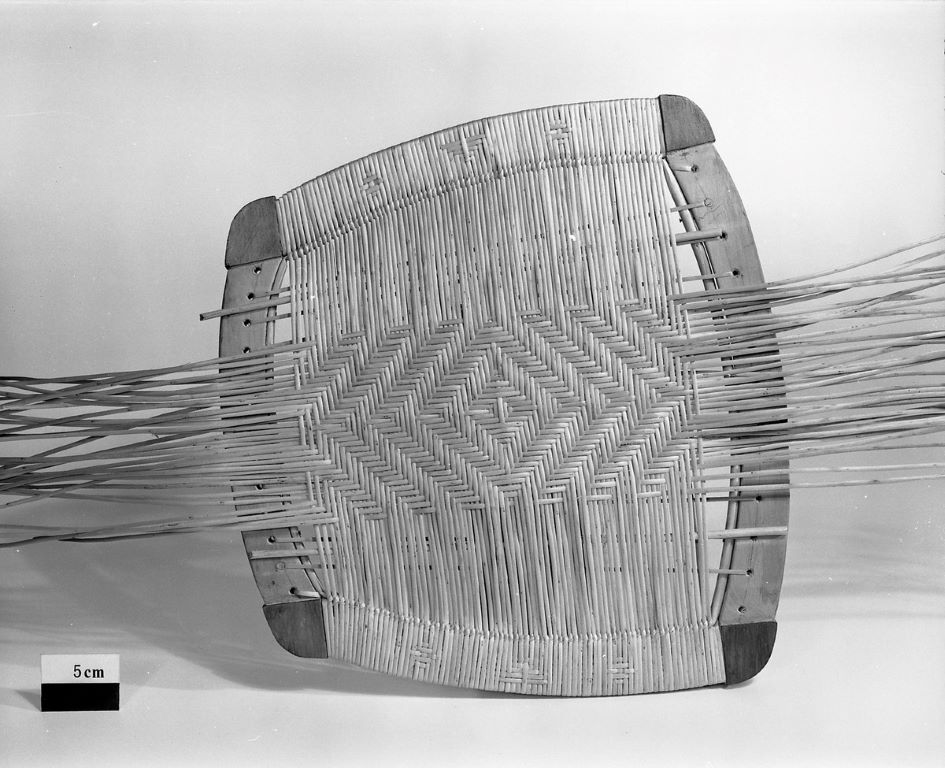
Chair seat
There have been a number of superstitions regarding chairs. For example, falling off of a chair or knocking one over would suggest you would not get married that year. Others say that to return your seat under a table after a meal with a friend meant you would never eat together again.
MERL 68/459
Makers at work
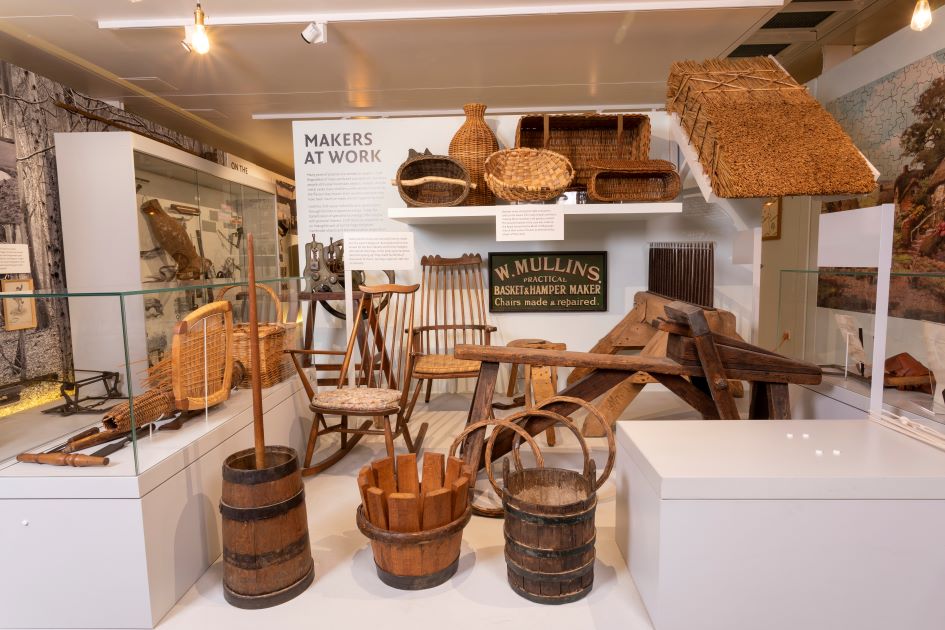
Makers at work
Willow skeining machine

Willow skeining machine
This machine cuts rods of willow into skeins, and shaves the willow in preparation for weaving.
Willows were seen as trees of celebration in biblical times, but this changed over time and today willow trees are more associated with sadness and mourning.
Willows are also strongly linked with luck. One ancient Celtic custom involved touching a willow tree for good luck, which is thought to be the origin of the modern saying ‘touch wood’.
MERL 68/580
The Last Turner
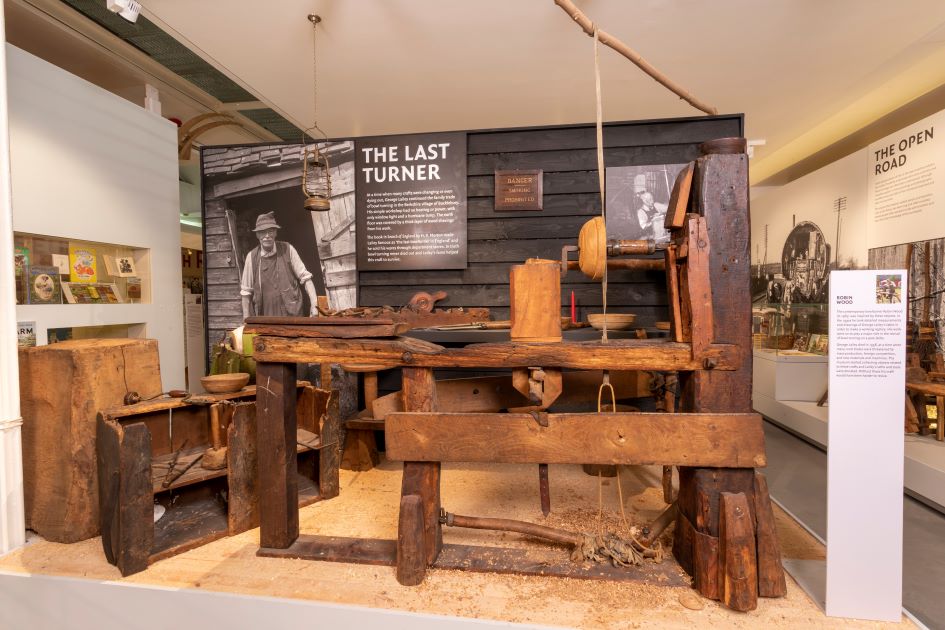
The Last Turner
Bellows
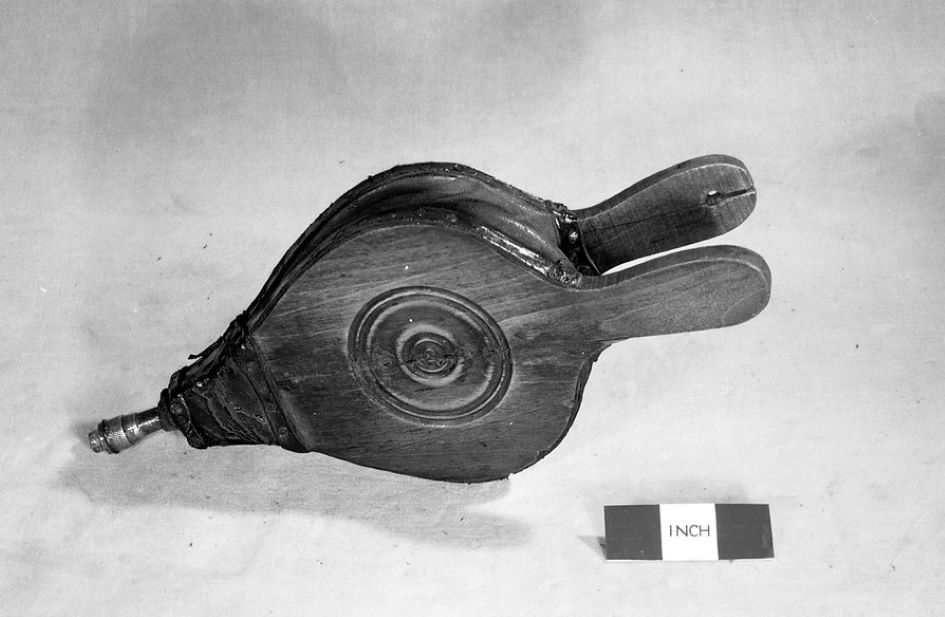
Bellows
Bellows are instruments which are typically used to provide oxygen to fires. They are commonly used by metalworkers.
It was a widespread belief that bellows should never be placed on the table, as misfortune was sure to follow. Many thought the relation between blowing hot air and arguing caused this bad luck.
MERL 59/92
The Open Road
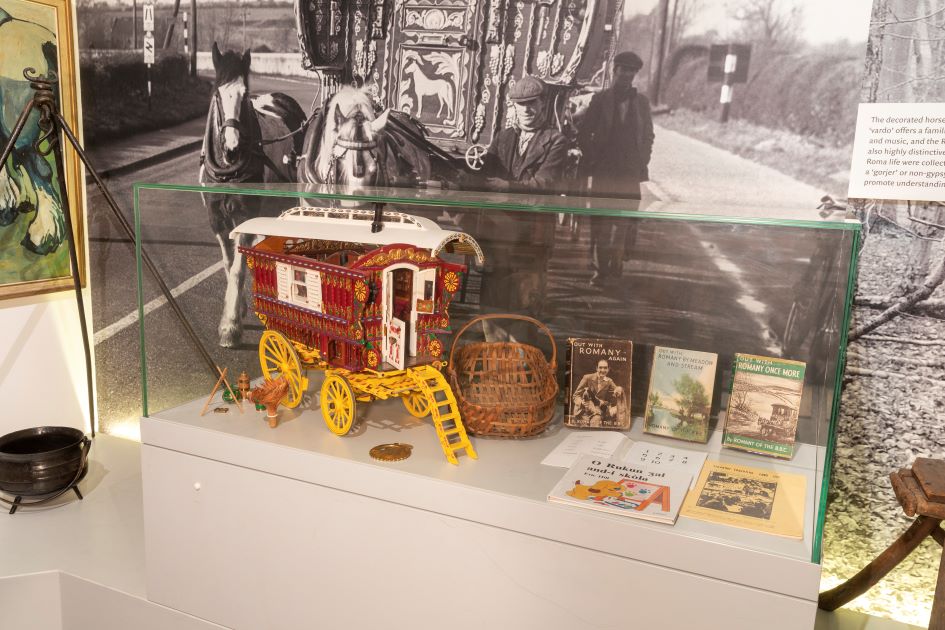
The Open Road
Model gypsy caravan

Model gypsy caravan
Many gypsy customs are little known to wider society. For example, many items and substances are considered dirty or ‘marime’ and are not referred to by name. Rodents are considered marime and so are not welcome in the home. Rats are often known as ‘long things’, because to speak their name is in itself considered dirty.
Past generations of gypsies had particularly strong associations with certain types of magic. For example, water sprites could bring either good or bad luck. Seeing one at daytime would bring good fortune, but happening upon one at night could only bring misfortune, particular in matters of love.
MERL 2007/21
Country potters

Country potters
Bread Bin
Tea pot
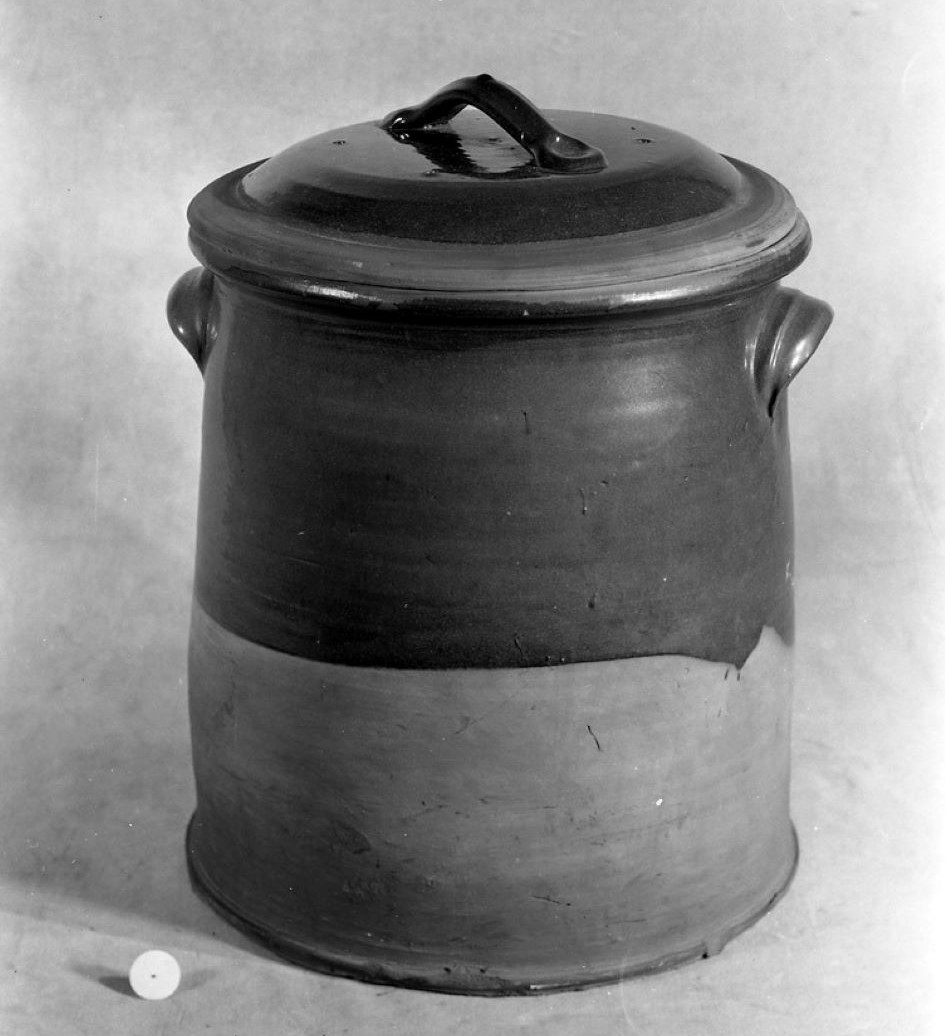
Bread bin
Many believed that when baking bread, if it rose so much that large holes appeared, this was a sign the woman who baked it would become pregnant. A more sinister explanation for holey bread was an omen of death. It was also believed that the first loaf out of the oven should be broken rather than cut, or else the rest would be too heavy.
MERL 60/621/1-2
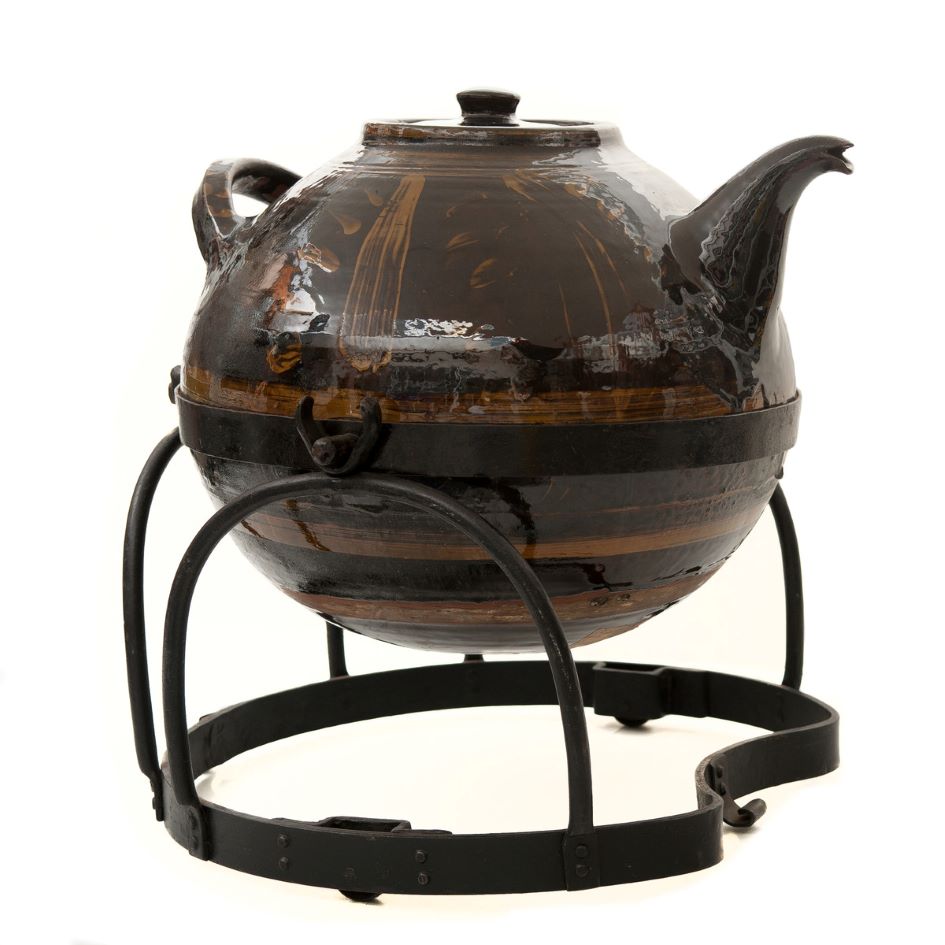
Tea pot
Tea leaf reading was a popular pastime for women in the 19th and early 20th Century, often with the hopes of using the dregs of a cuppa to look into the future. It was also thought that to leave a tea pot lid off accidentally would mark the arrival of a stranger. Bubbles in your tea denoted money or kisses!
MERL 60/638/1-3
Voices and Views

Voices and Views
Morris dancing braid
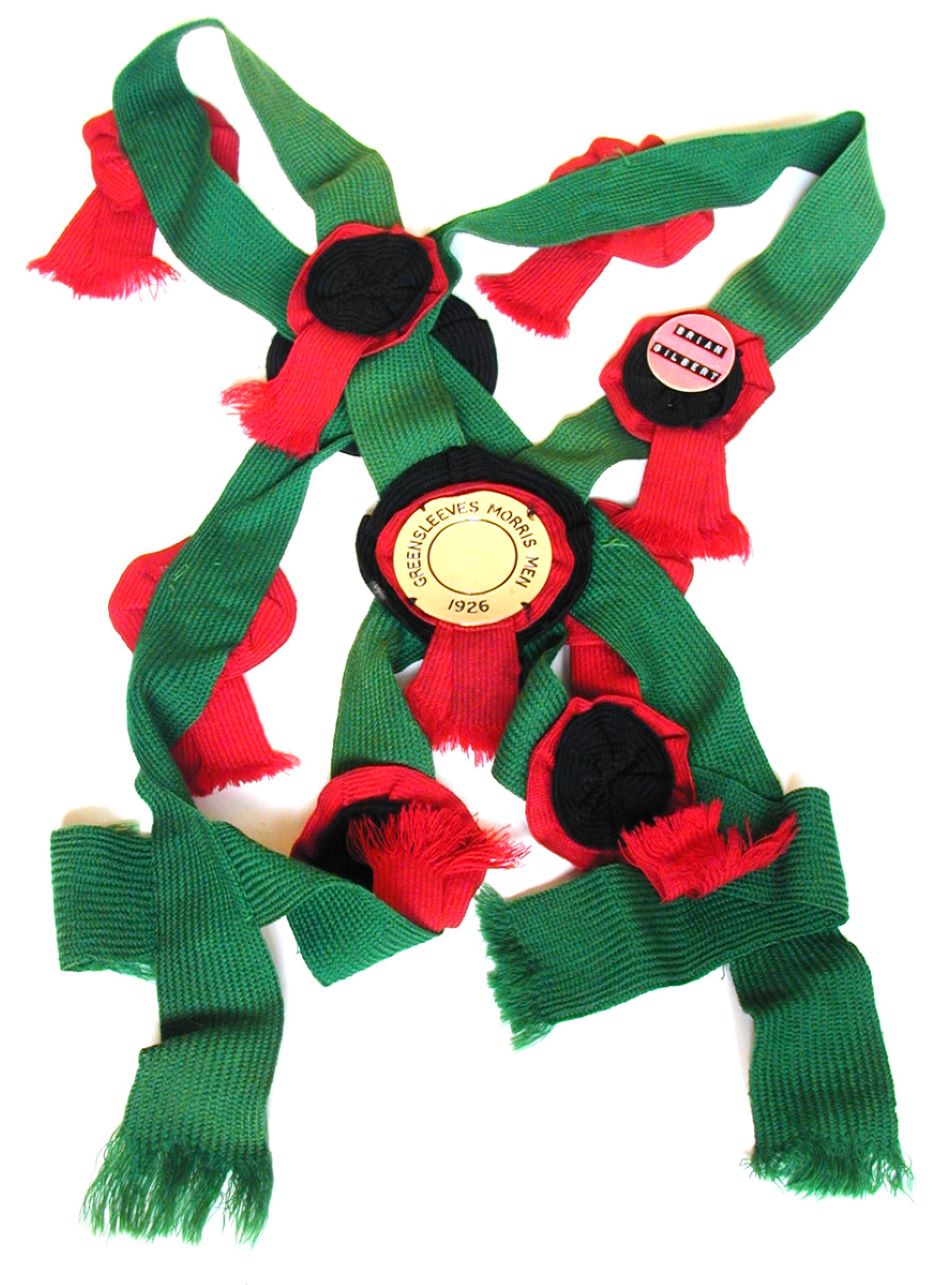
Morris dancing braid
This braid forms part of a male Morris Dancer’s costume.
Morris dancing is one of the few events in the calendar which is considered typically ‘English’ with mentions of the dance dating as early as the 15th century. A normal ‘team’ has six dancers, a fool, musicians and a collector. Dancers use handkerchiefs or sticks and wear bells on their legs. There are many different forms and dances across England which can be identified by their colourful clothing and styles of dancing. In modern times, you will mostly likely find Morris Dancers celebrating on the May Day Bank Holiday.
MERL 89/36/2